The third series of the 4D VyNIL cycle is titled “Currents, Flow and Reproduction.” The paintings in subtle aspects have come to reflect our environment, which is a potent NWC presence. The influence definitely expresses in the conceptual direction of the series. For instance, the idea of network culture, of work nets, has veered into a Real World analysis of cultural capture, not as an abstract consideration, but rather as a study of fisher and hunter society, in which nets are used to catch prey. Through new friends in Astoria, exploring the area, and the documentation of its history through a variety of means, the value of nets to support and sustain community life over decades is revealed. Net thus become a particular term, with direct reference to tangible objects. The Net as a 4D-discursive point of origin expands my original focus to new (for me) territory. I knew nothing about gillnetting on the mighty Columbia River before I moved to Oregon. The subject encompasses a spectrum of issues related to my doctoral interests. The industrial economics of fishing over the past several decades is consistent with commercial trends for this nation. It is problematic, complicated and bears heavy impact on the lives of those affected, their communities, politics and well-being. The phenomenon of Nets points to the difficult regional realities of post-colonial integration, evolving over time. Crabs, salmon and other sustaining foods have emerged as flashpoints in highly charged struggles among parties whose identity and livelihood is based on harvests of these creatures, and others from river and sea. The parameters of a 4D Net analysis can be set to emphasize the content that pertains to the substantial project of a NWC Net-story. How can one detach any such narrative from the others that typically define dimensional Oregon. These include logging, hunting and trapping, the mainstays of migrant settlers. The indigenous occupants of the country had to contend with the changes wrought by New Worlders. We can begin to therefor map macro-movements intertwined in American and global campaigns of war, politics and economics, and commence to trace elements appearing in current experience with their precursors and antecedents. Possibly we can develop some accurate predictions by evaluating the past and present conditions, events and trends. The 4D method draws from patterns that we can see in the world, and to a sufficient extent verify. The logic of Dimensionist analysis abides in the rationale for 4D painting and art, minus the names and numbers. The nature of expresses autonomy requires freedom from the nominal and numeric for the purposes of direct aesthetic transmission, from artist to canvas, canvas to viewer, in the context of time and timeliness.
The 4D art object may be re-contextualized successfully within its own progression of emergence. Like the history of Astoria, of nets, of America and so on, a 4D painting will have many contingencies. The Thing, of which art is one, embodies a practical universe of association. The linking of one thing to the next and the last is natural, a mode of reproduction, with each manifestation representing characteristics that connect it to others in the stream, or string. A lineal progression can be conceived of a series of points in a continuum. We can also imagine the Thing existing in a field of like entities, of created objects, being careful in our imaginary to not abandon the object to the presumption and consumption of categorization. The category is a utility of nomination, and the autonomy of each art object repels categorization (if it actually is art, and not the output of a machine). Reproduction and cloning or mass production differ in simple but important ways. In many instances, 4D VyNIL operates as a countermeasure to the operations of mass production. The covering of previous iterations, the re-purposing of Found and other types of “art” for the substrate of these new paintings suggests a geological foundation for 4D technical processes. Establishing continuity among art form and natural form is a function, an action, denoting artistic selection, choice. I would suggest that the operation evokes re-cycling as practical social task addressing the toxic idea of waste manifested in substance. The conjunction occurs between matter and The Thing That Matters, which is a scaleable construct.
It is in the finished art that the referential assumes a proper proportion. The sequence in a series of 4D art objects cannot be assumed to illustrate chronology as such. The proposition inferred in sentience is the underpinning of what is seen in art by the viewer. The dynamic is activation, which is infused with sensation, the sensual, our senses. A painting approaches the matrix of the sensuous experience for individual and collective through optical registration. It is not inappropriate to cite designation as a means to access what is art. The critical eye however confuses the interpretive mode with a special scenario for art creation. I consider such confusion to be an opportunity for education and generally invite critique in the post-studio interaction, as long as the critic is not interfering with another viewer’s experience of the art destructively. The studio is no place for a critic (other than the one, or the committee of critics, who can be located between the ears of an artist). The public space for art in free society is the appropriate venue for exchanges of many sorts. Yet is worth questioning whether criticism as such is merely weaponized communication, designed specifically to subvert or undermine democratic speech. If criticism exists on its side within an expressive hierarchy that contains art reduced to the theoretical, an argument must be made by the art to extricate art from any such competitive configuration. Art will always fail to be considered on its own terms in the critical hierarchy, since the two Things are not equal, are not the same Thing, and cannot be. Criticism is argumentative in essence, and to achieve realization must win. Art to be real must only be made to exist and by its existence succeed as art. For good or bad then becomes content for philosophy, for aesthetics, for critical theory and so forth.
THE END OF THE WEST
The concept of isolation must be reformed. Isolation is increasingly meaningless in the wired global new world order, except as an internal, psychological condition derivative of social engagement, or lack thereof. In the pure formalism of penal torture practice, isolation is a euphemism for complex brutality. The idea of isolation is integral to the idea of connectivity, as a technological aspiration. The space between us is the point of exchange. Interstitial life is, metaphorically, a ghost life, sentience spanning worlds and emptiness simultaneously. Words and gestural, performative and symbolic image project through the medium, an energized void, to bind one person to another, via shared understanding of the meaning of gesture, performance and symbol. The projection of language across nothingness is not art. It is however mysterious and possessing of causal potency. A bonafide (good faith) artist understands isolation as a fundamental component of studio work. A hermit commits to isolation for the amplification of spiritual resonance, the reduction of distractions. The recovering alcoholic must be vigilant to the pitfalls of isolation from his fellows. If the immersion of the individual in a collective engenders diversification of experience, the alternative is the movement away from the commons toward uncommon realization, if only temporarily. The perceptual quality of vision in isolation exists absent verification in the commons. For the artist, the process points to exhibition, so his isolation presumes direction. The others evoke an imagination of the promise of Wilderness. To have isolation enforced upon oneself, against one’s will or inclination, especially as punishment, is incitement to madness as a ruthless measure. The helplessness of being alone, when one longs for company, is a terrible affliction, one which scars, maims a person. Isolation for a prisoner is akin to slow murder, if one assumes we die alone anyway. The difference between execution and death by isolation is the hand of the executioner, not the will to kill. Isolation can destroy humanity, as surely as assassination. Isolationism for the globalist is a fiction, wrought to evoke fear in ordinary folk, for whom the specter of loneliness is an unwanted fixture. In globalist propaganda, isolation is simply the constriction of the desire for domination of everything, inherent in the ambition to conquer and rule the world and all worldly things. For the global elite, all worldly things includes everyone not in the set of super-class actors. Unsurprisingly, the role of art in service to global elite culture mocks the notion of isolation, except in its connotations of exclusivity. A cultural treasure sequestered in a castle owned by oligarch, serving his eyes only, is the cliche. When one actually witnesses a scenario like this, the gross failure of the arrangement is overwhelming. Inevitably the mad oligarch is insufficient to the masterpiece.
What do distance and duration mean in virtualized systems? The selective scan has been abruptly translated from the real perceptual complex. For virtual awareness, the identification of threats is altered. The search has assumed the protocol of the hostile takeover of systematic awareness. The User is a virtual resource, and meta-data is a complex source of analytic sustenance. When one engages in social media practice, the motivation may begin with the urge to join, to access mass collective culture, to escape current circumstances, to utilize cheap communication alternatives, to expand one’s mental territory, to expose oneself to strangers, and so on. Ultimately, a savvy User will comprehend that the initial promise of soc.med engagement dissolves into a dissociative regime. One is channeled into behavioral silos via the software, but also through subtle influence via interaction. The encounter is directional, but the outcome is lineal, as in a data tree. Our consequential, natural associative instincts move us into configurations for survival, reproduction, rich experience, etc. The virtual monopoly of existence as the function of time consumption accentuates reduction. The recursive impulse is inherent in the mega-mass industrial matrix of people, things and events. The point may be a point of sale, or another aspect of rudimentary business programming, i.e., repetition of messaging for market value (conversion propaganda). The effective virtual scheme so designed executes a plan of profound separation of one and one’s virtual profile. The self-conception is made to serve against the material entity for the purposes of the powerful, the market, the dominant, in a derivative processing protocol. Self-conception in this instance translates to autonomy, personal freedom, the capacity for self-realization in dimensional relation to a representative collective. The meatiest prey are people within democratic society, for multiple reasons. The co-opted processing scheme drains the vitality of the host (democratic) entity and system, using recursion. The result is the husk of the original, separated from every healthy sustenance, perpetuated in a “zombie” state as a hedge against crashes and shutdown. The Pig must be fed, no matter what.
“Two False Conceptions of Self and One of You” (2011-2019)
The affirmation of false conceptions of Self is a contingent directive pointed at someone else, but rooted in the advocacy of unethical, selfish programming at the expense of someone else. The intent is to unaccountably isolate. Action is made remote from consequence. The principle of the corporate formation is to decouple what happens from the causal entity or agent. Risk aversion is the impetus of incorporation, the prime driver of corporatism. The spirit of artificial personhood is complex repulsion from heroism. The bane of moral insulation from appropriate judgment is clear and precise analysis. The mime of responsible behavior is the performance of the corporation. A fake person has no interest in actual satisfaction. The bottom line of the infinite artificial Self is the avoidance of liability at all costs. The definition of the for profit corporation is return on investment, which has nothing to do with humanity. The corporation itself represents the interests of humanity’s opposition, which is a fabrication of the personal imagination gone haywire. To consecrate in law the existence of artificial personhood is to install the demise of human enterprise for the benefit of a few cowards. Weakening the masses of people is always in the service of minutely fractional corporate beneficiaries. Marketing is one means by which the destabilization of populations is accomplished, but relatively speaking, propaganda is not the most direct and dangerous corporate artifice. Violence is, but for the corporation, the prospect of dealing destruction upon the Enemy (mankind) requires proxies. The subversion of justice (e.g., the courts) is vital to the corporate objective, as is the co-optation of the vehicles for societal punishment (e.g., the penal system). The degradation of the people’s capacity for provisioning themselves is key. Slow-acting poison is a tactical tool of corporate syndicates. Control of exchanges obviously benefits corporate power. Radically undermining public education and replacing it with a command matrix aids the corporate mission. Disrupting all healthy modes of familial relationships improves the susceptibility of populations to corporate domination. Increasing individual and collective reliance on corporate products is fundamental to the corporate processing of humans. Replacement of Nature with cheap and inefficient artificial substitutes is important to the corporate world’s success as a sustainable concern with short term rewards for owners. Diffusion of responsibility is necessary in every aspect of corporate activity, so infusing the ideology of complicity is requisite for the corporate player. Evasion is a prototypical conduct of the artificial personhood. Meaning and values for individuals and collectives must be supplanted by the discourse of means and valuation.
Substrate for Effigy (circa 1995-6)
It is impossible to project the damage inflicted by 200 years of parasitic corporatism on American Life. All Americans should be clamoring for the permanent abolition of corporate artificial personhood, and the enforced extraction of reparations from all identifiable sources of corporate wealth. The reappropriation of all property, to be equally distributed among the People must be undertaken. A long period of reformation must be imagined and executed, during which the erasure of all mechanisms of corporate command and control, exploitation and extraction are broken and replaced. Democracy and corporate business are incompatible, just as the consolidation of the wealth, power and reproductive means of the few over the many is incompatible with Democracy. The two anti-democratic forces are really unified enemies, a Janus configuration, or more aptly, a Ravana-like embodiment of inhumanity. The nihilism in the core of corporate consciousness is a feature of its artificiality. Referring to the corporate as a kind of machine does not adequately address the problem of nothingness encouraged by corporate advantage over us (the 99%, as it were). The instinctual human rejects the aims of our corporate oppressor. At odds with the repulsive instinct, the urge to rebel, are the multivalent platforms of indoctrination that absorb and then destroy the best of human enterprise. The momentum of corporate evolution is always monopoly. The momentum of humanity is, in response, diverse multiplication approaching absurdity. In the face of extinction arising from corporate world dis-/order, we the people are fruitful, and over-produce ourselves. As the planet becomes more crowded, as far as we know to unprecedented levels, we pursue the strategies of pretense, assuming that plenty is a hedge against Invisible Hand of greed. Piketty correctly explains the fallacy, yet fails to dissuade the masses who will never read his text. Persuasion is insufficient to instinct. Urgency uproots currency. Fear is the mind-killer. There are 10 billion ways to put it, and more daily.
“Andrew Jackson’s Dueling Pistol” (circa 2014)
Isolation is useless today. I cannot move far enough to be free of global corporate power. As Capitalism and its negation (i.e., Communism, Socialism, Marxism, etc.) continue to enjoy popularity as a faux combat sport, the supranational elites seek safety from revolutionary democracy in all its iterations. The technology for erasure of separatism has achieved new levels of excellence. Its wizards (e.g., Zuckerberg, Bezos, Schmidt, et al.) have forged weapons and recruited huge armies of incredible strength. All semblance of autonomy is blurred. Freedom is as understandable as Ether, for the common man. Unsurprisingly, charlatans, demagogues, petty tyrants have entered the vacuum opened by endemic oppression. You may know them by their promises. Opportunists of the most horrible sort emerge to seduce the needful masses. One cannot avoid the caustic rapture that accompanies the bitter status quo, which for better or worse, is dramatically temporary. With increasing frequency, the cracks in the illusion of global corporate society appear. The stage that follows isolation is eruption. Indiscriminate violence becomes routine. Its cousin, serial killing, predation upon the “innocent” as a craft practice, emerges. The madness of cultural celebration through media amplification of these linked phenomena confounds the image of Civility by which civilization invents itself for each new generation of civilians. We must therefore distinguish the differences between being civilian and citizen. At stake is the ability of each and all of us to gauge the value and meaning of life in our present experience. The circumstantial quality of existence is centered in prioritizing Choice. Choice can never be isolated from all choice, from every choice. Without choice, harmony is hellish. A robot is immune to isolation. No amount of compensation is enough to validate the enslavement of a real person, for any reason. Whatever fake name one gives slavery, whatever number one binds to its production value, the slave and the free person are not possibly the same, and neither can justify the other. Democracy cannot condone slavery, just as it cannot support any assault on freedom of expression.
“Portrait of Morris Graves, RIP” (2005)
What do Morris Graves and Andrew Jackson have in common? At first glance the artist and President might seem as different as two individuals could be. Yet they do share characteristics. They are both dead Americans, for a start. How is it possible for a nation to produce such disparate figures, whose accomplishments and interests, such as they were, apparently share so little mutuality. Graves was a 20th Century pacifist artist in the Northwest. Jackson was a political warrior from the Southeast whose life spanned Revolutionary, War of 1812 and pre-Civil War eras. I only introduce these two historical figures as a binary for the purpose of thinking about media and reflection. The question of fame in fictional narratives is on my mind. Artists occupy a weird, often dismal niche in the topology of fame. The tendency toward notoriety among creative people is stereotypical. Given the small sample set, we do not really yet have enough data to paint a picture of the emblematic President. To an extent, we can examine America as a context for the content of Graves and Jackson’s lives. The validity of such an approach is not definitive, since the majority of relevant data will be anecdotal, and interpretive. We will tend to examine the memory of persons through distinctive perceptual lenses. Most would admit that fact and memory are not identical, and that human memory is as poetic, even lyrical, as it is concrete. Shared memory is a compound phenomenon. It is not a stable construct, in the presence of Time, under the auspices of shifts in consciousness (and conscience). In truth, as metaphysical propositions, Graves and Jackson are entirely conjoined Things. Any art about one is art about the Other. The contention is not semantic. I do not need to advocate for either man’s memory, for both people are functional components of an American Memorial that does not exist as a unified object in the space for such Objects (and their objectors, and objections). Art creates a dimensional space within which both Graves and Jackson co-exist, and moreover are entirely compatible. It is up to each and all of us to inject that dedicated art space with meaning and values. The realism of the art space is contained in its representative utility.
Study for “Thunder Dreamer” (2007)
June 6, 2019 was the 75th anniversary of the Normandy landing (D-Day). The world as we now know it is beholden to the sacrifices of many people who fought tyranny then. The AFH Update started with brief thoughts on isolation. Theatrical reproduction and homage are formal expressions, which are essential in the formation of social and individual values. Meaning is a consequence of repetition over time. An event for us is relative to what is known about the possible. A surprise is a breach of a pattern, an experience unfolding in the direction we assume it will not go. Our bodies and our society possess response mechanisms for the unforeseen, the unanticipated. I think art occupies territory in the platform of the unknown, and a great piece of art will approach the event, as an homage and a test to our responsiveness, personal and collective. Art connects to human survival in mysterious ways.
[PJM 2019]
OLD BUSINESS
The CCR radio program I proposed, “Astoria Drift,” or Drift Radio, has been rejected. MGT determined the project would stretch available resources in directions the station and its staff believed would be detrimental. Without generalizing overly much, I have discovered that receptivity to my various offerings to the local arts and cultural scene has been fairly consistent along these lines, which is OK with me. I have more than enough on my table. There is a certain level of disappointment that goes with the rejections. Promise is negated, and vision is abruptly unfulfilled, even if redirected. Since Occupy, I have learned to make relations with rejection. The resulting position-shift and awareness enables an improved comprehension of management practice. Although I keep my findings private, for the most part, I see rejection as an excellent lens through which to deconstruct the systematic consequence of various forms of bias in selection processes for all kinds of enterprise. Applications are practical routine for this artist, and have been for decades. I apply to all kinds of companies and organizations, for many types of potential artist opportunities, in a range of fields. I am rarely daunted by the mental reservations that inhibit one from reaching out to an entity that presents an opening for a qualified artist presenting a quality idea. Over time, I have utilized the application to test the topology of the macro- creative profession, to study the selection protocols of a spectrum of organizations, and a long-term analysis of the individuals who operate within those businesses, agencies, institutions and non-profits. The dynamics in the field have morphed in my lifetime, and the shift is dramatic. I used to devote much energy, in the form of word-count and public appearances or presentations to the discourse. I no longer believe that a valid broad or exo-forum exists for the fair airing of the issues. I would argue that the arts and cultural arena is compromised to the same extent and in the same ways that the democratic free speech exchange is compromised currently, by many of the same agents and forces.
Underpainting Series #24 (2006)
The website for auto-publishing my doctoral thesis is nearing a launch-point. I am so happy with the treatment master HTML practitioner Jen Robbins has given the material. It has been an absolute joy to work on the project with my old Domer friend Jennifer. She shared a link, if you would like to take a peek at the final BETA design, HERE. I will go over some of the beautiful design features, when we go live. Once the architecture is complete, I will be searching for a team of collaborators who can help me with tasks like data entry and testing, as well as editors/readers to refine the content. I have abandoned the projection of a timeline for the doctoral work. I began the doctoral candidacy at EGS in 2010, and when that path to completion apparently closed in 2015, I applied to Oxford/Ruskin School of Art to pick up the pieces and take The Matterhorn Project in a new direction. That year-long application process resulted in a summary rejection, and I have yet to locate a program with necessary capacity for my ambitious Dimensionist endeavor, or a vision for the ensuing program complementary to my own. The Creative Technologies Certificate track at Columbia Teachers College seemed promising, but proved insufficient. I have approached a handful of other programs around the world, without success. If, dear reader, any of you has a recommendation, please don’t hesitate to contact me directly, using the form on this site. At any rate, I continue to pursue the completion of the work as an independent, generating the paintings (art) for my doctoral exhibit, and preparing the immaterial component for distribution and defense. I have found the endeavor to be by far the most challenging I have yet undertaken.
Underpainting Series #26 (2006)

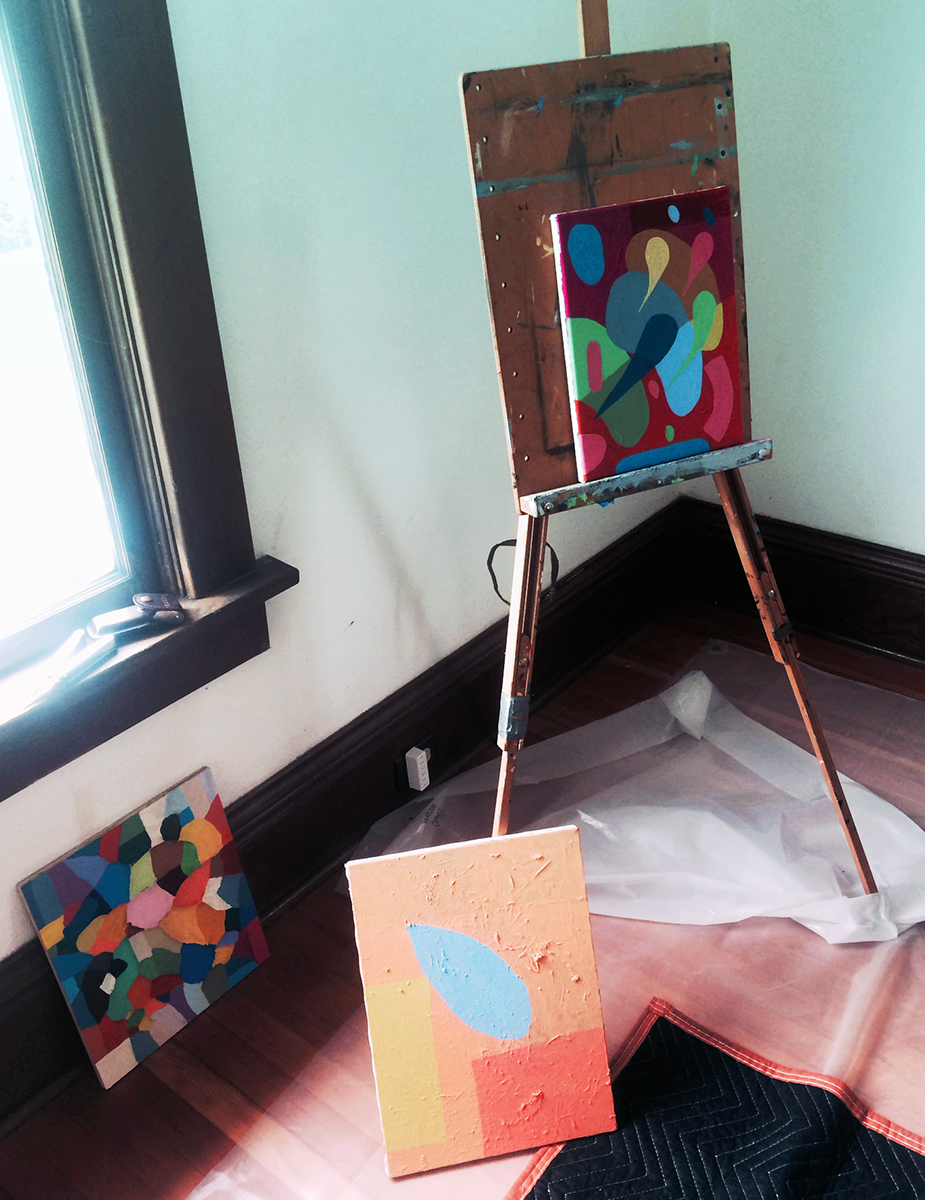


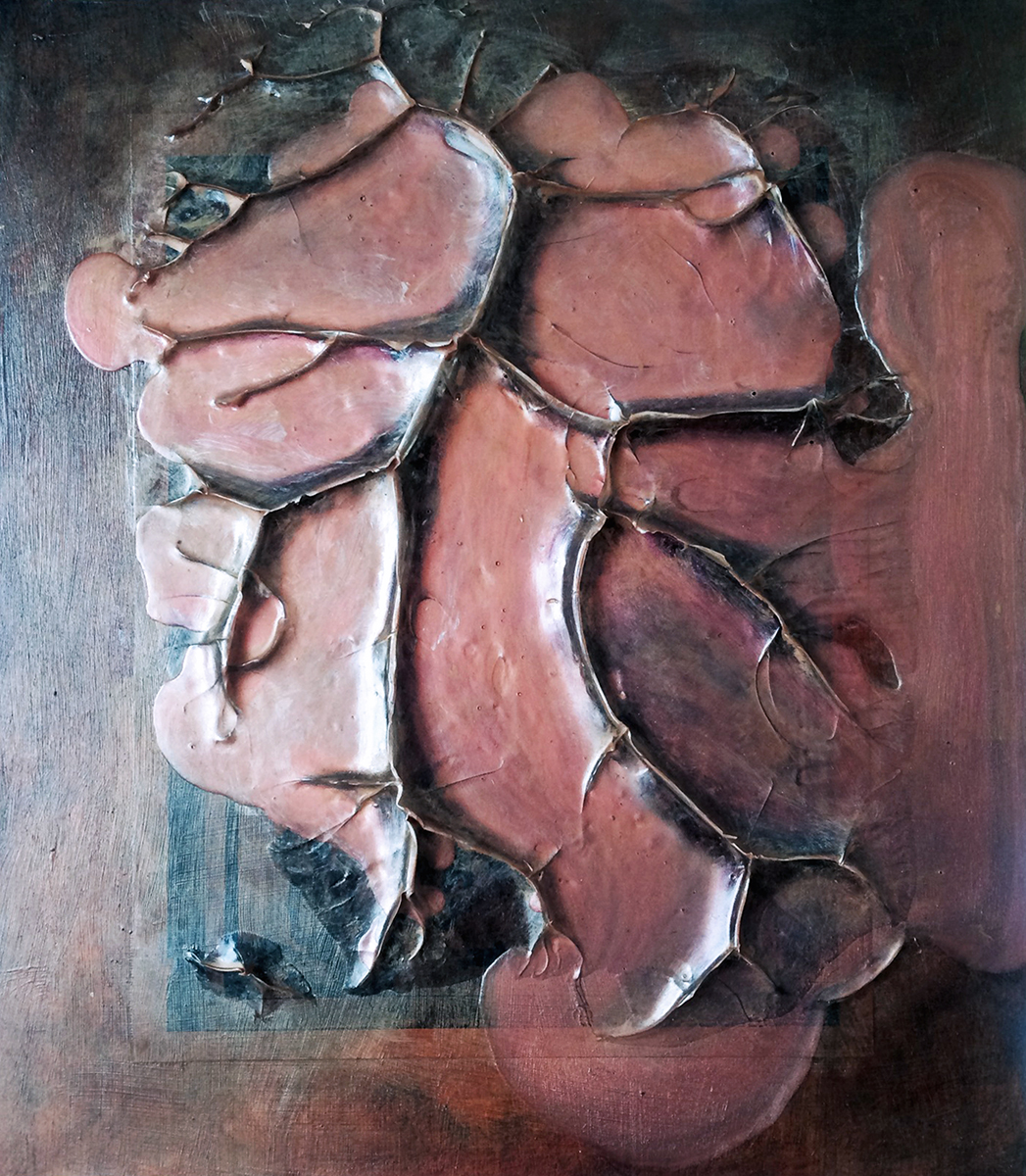
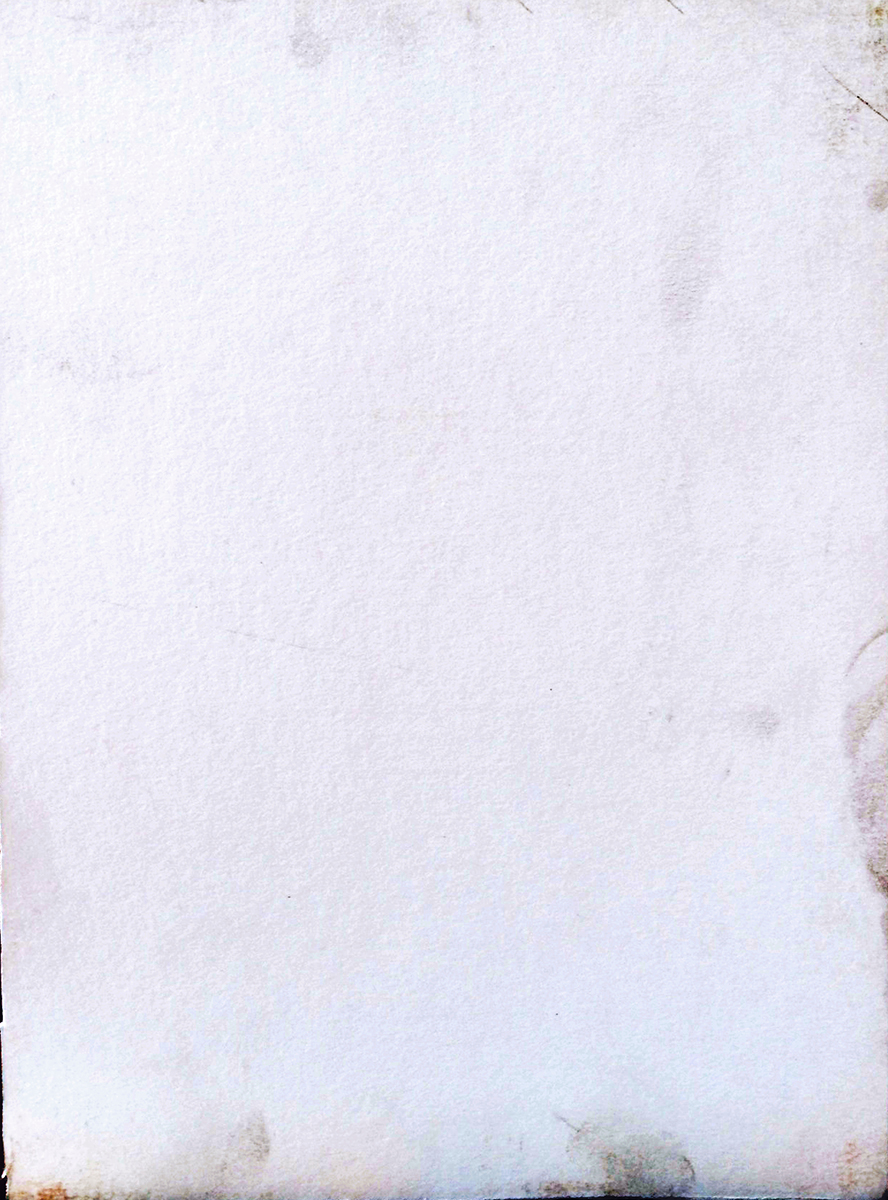
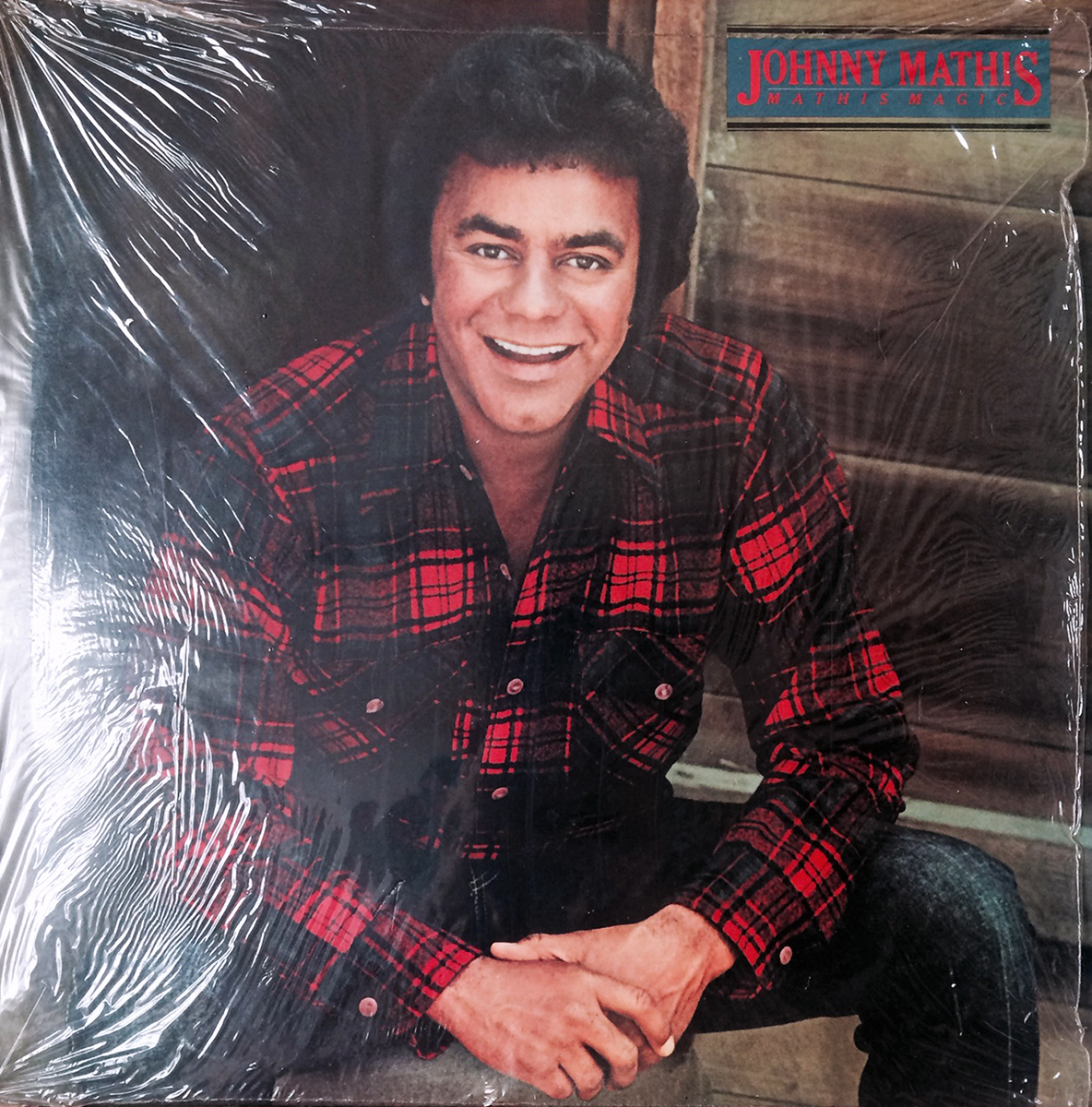
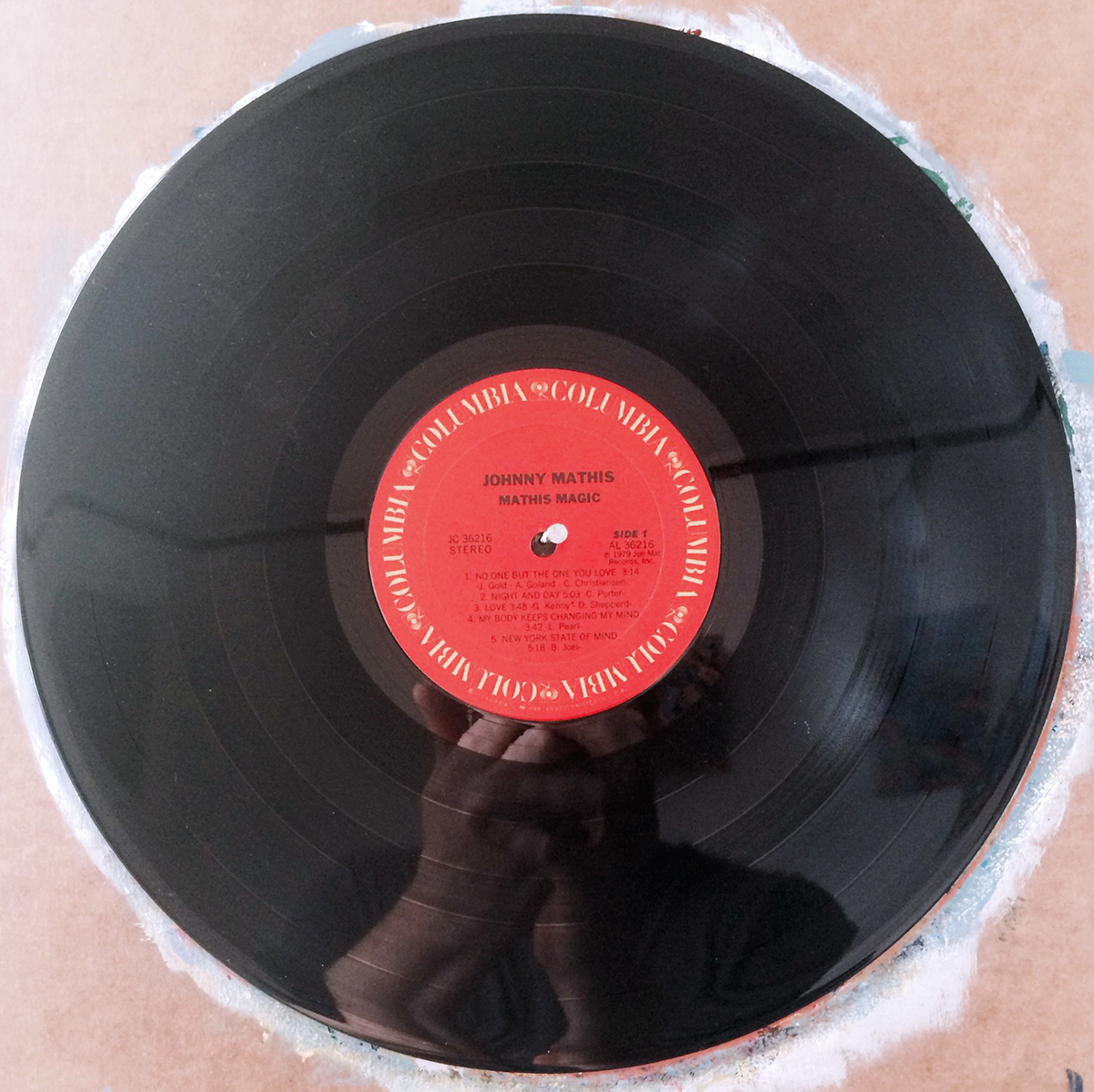

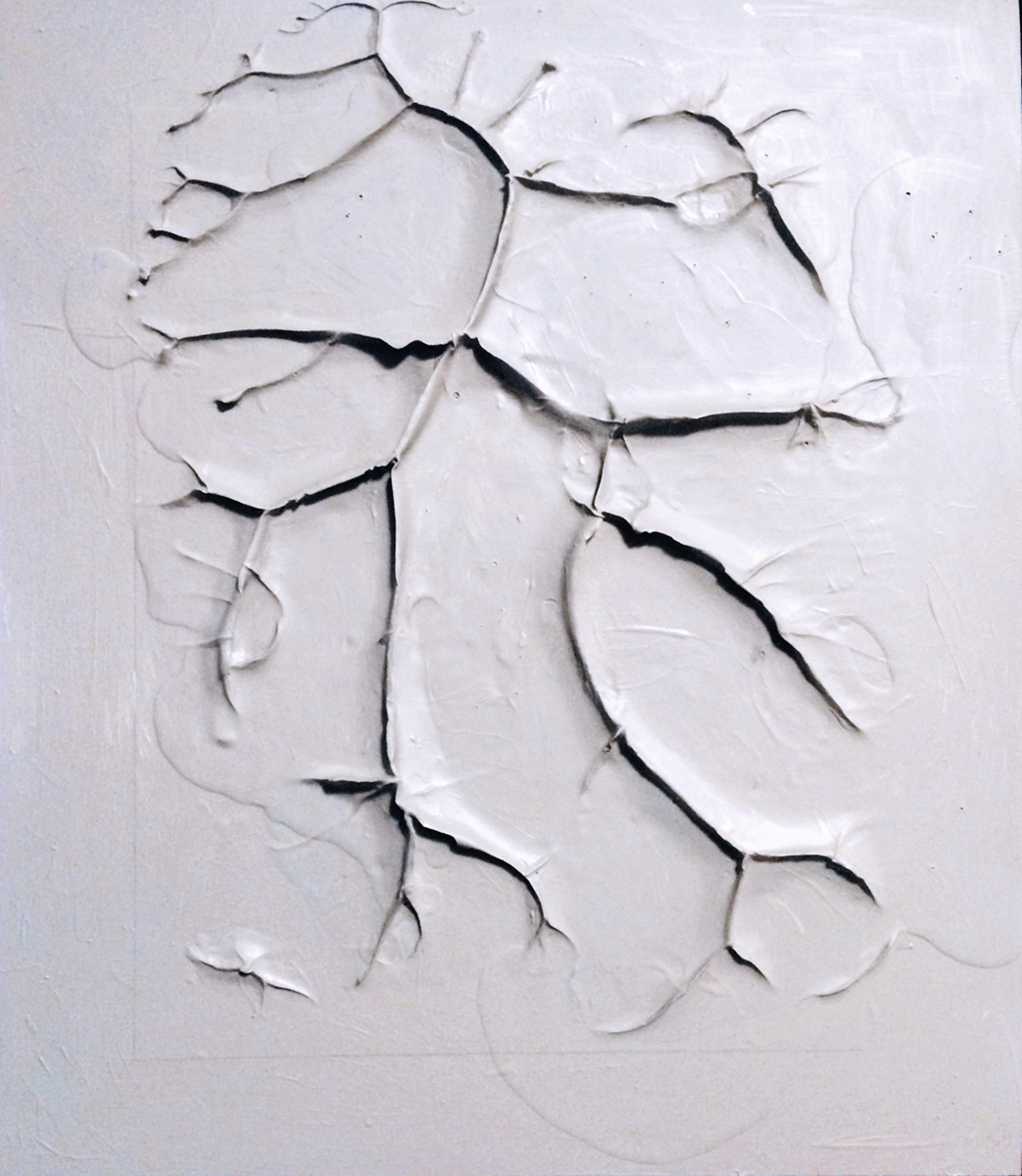
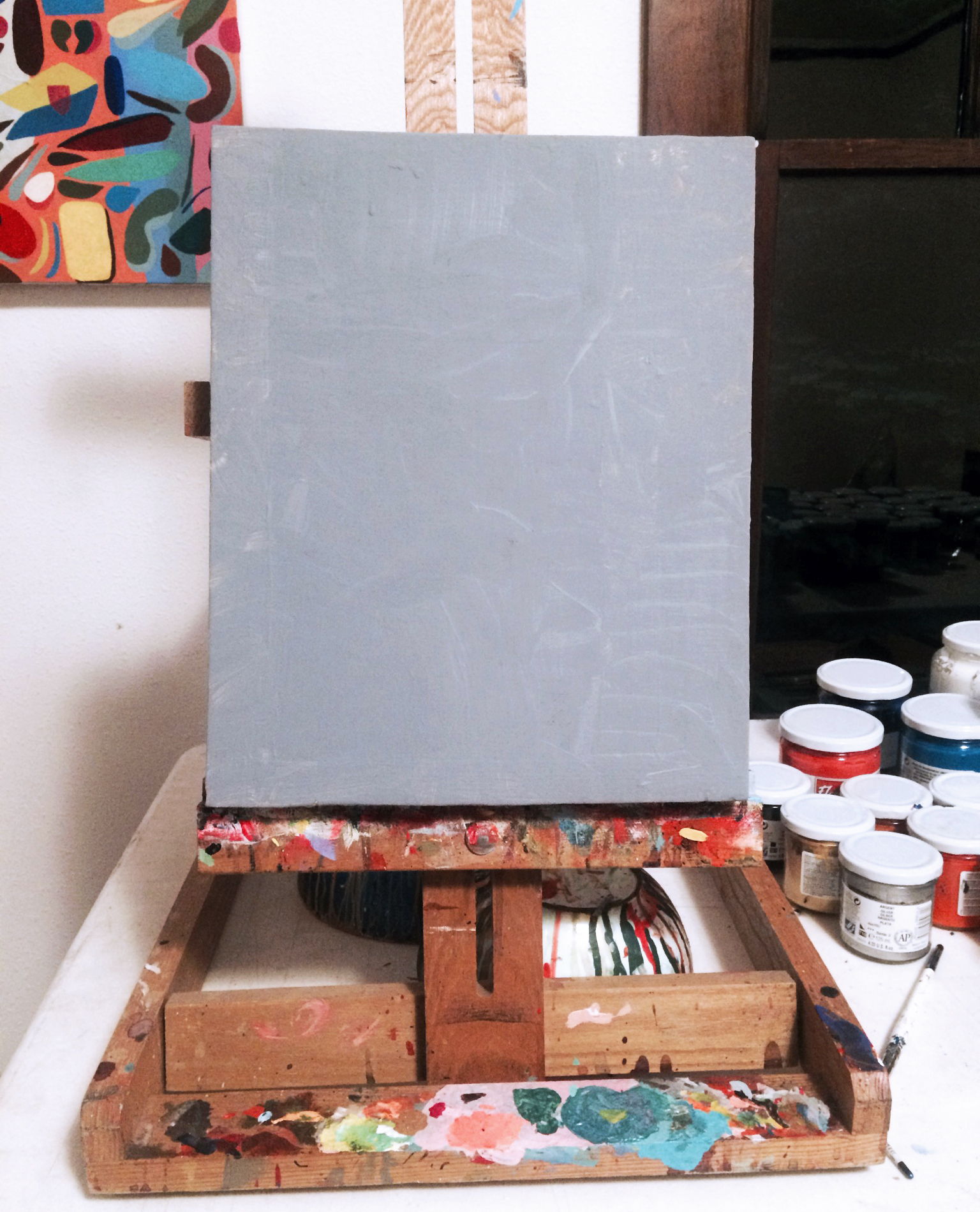
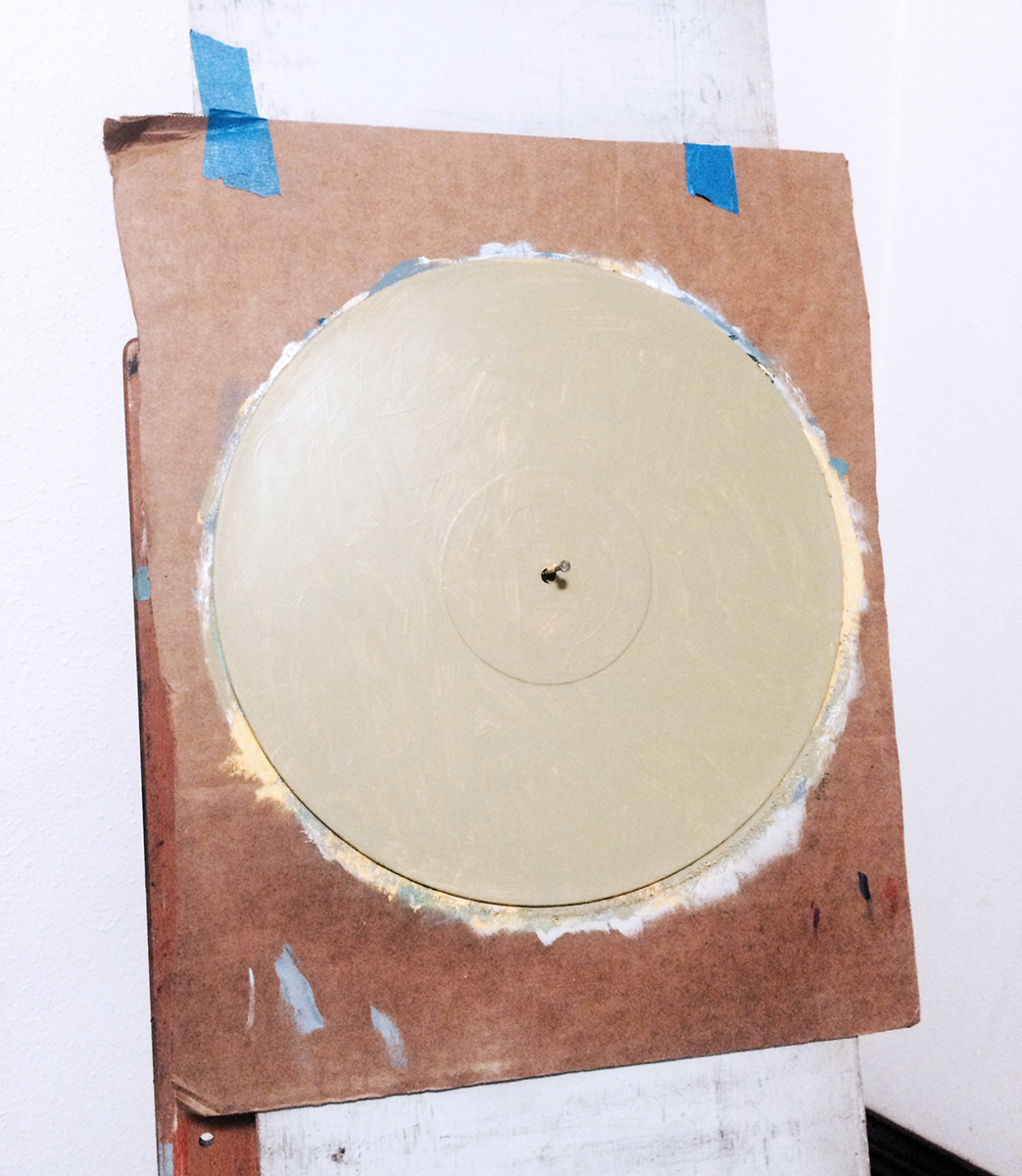
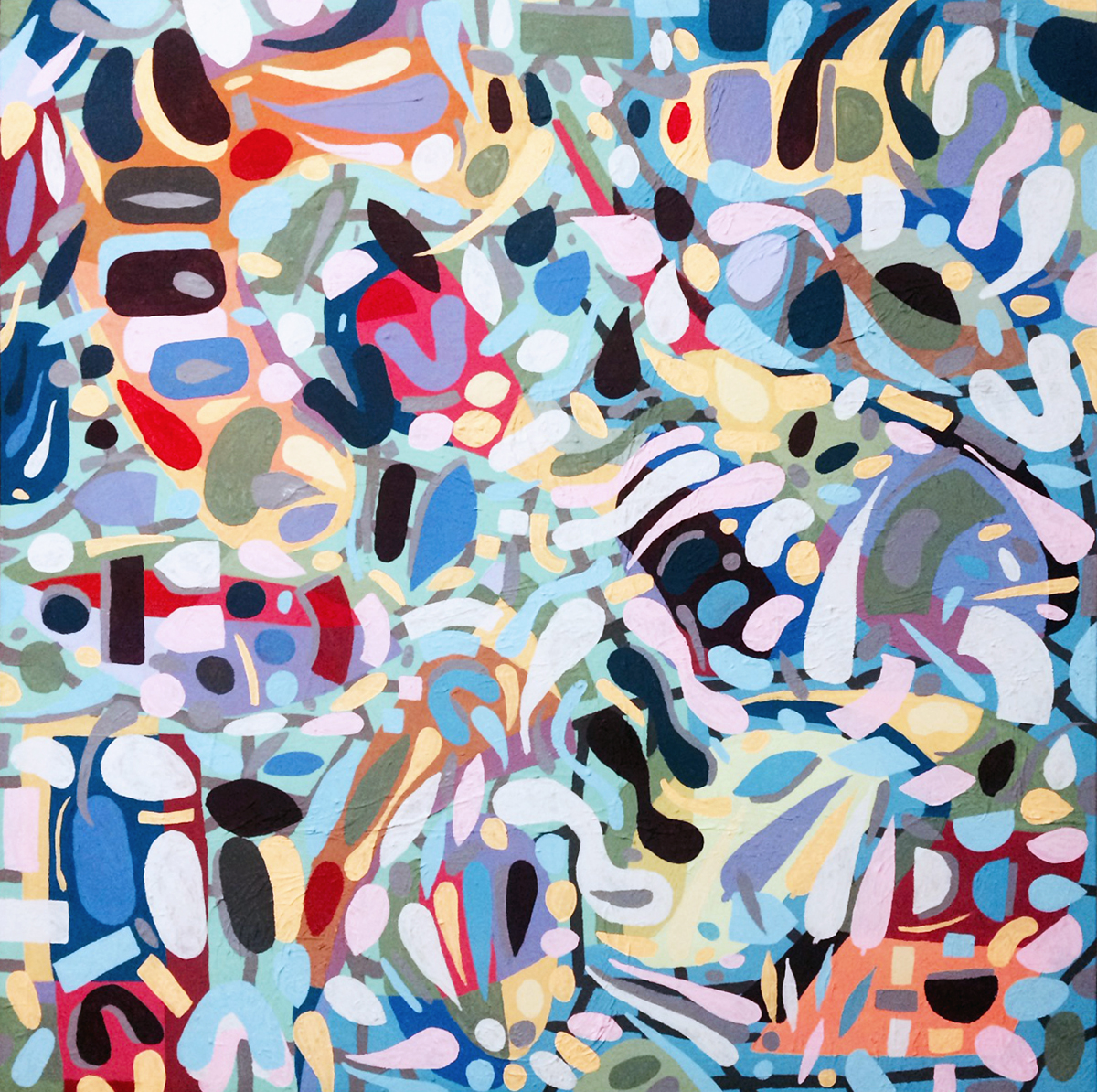
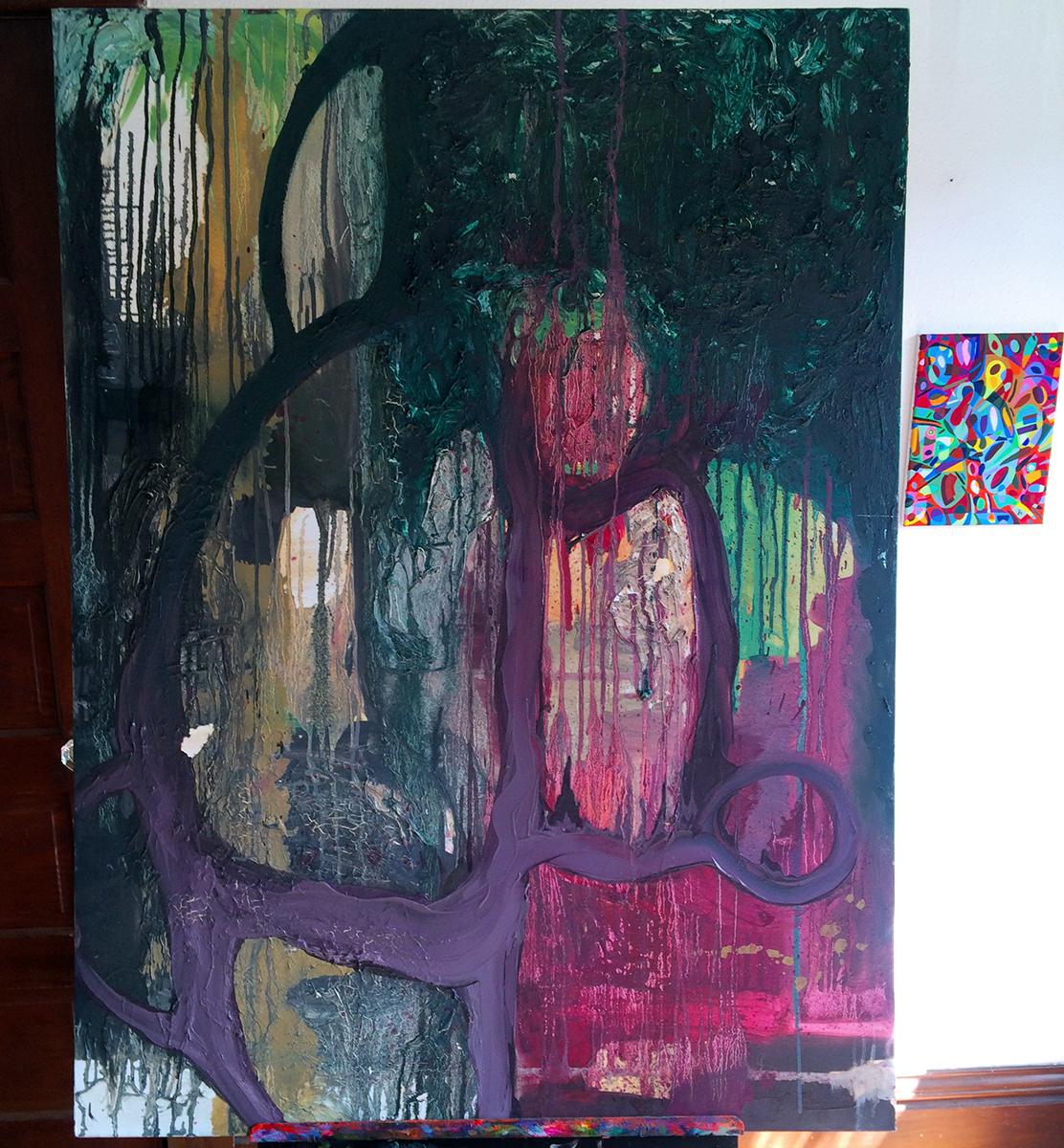
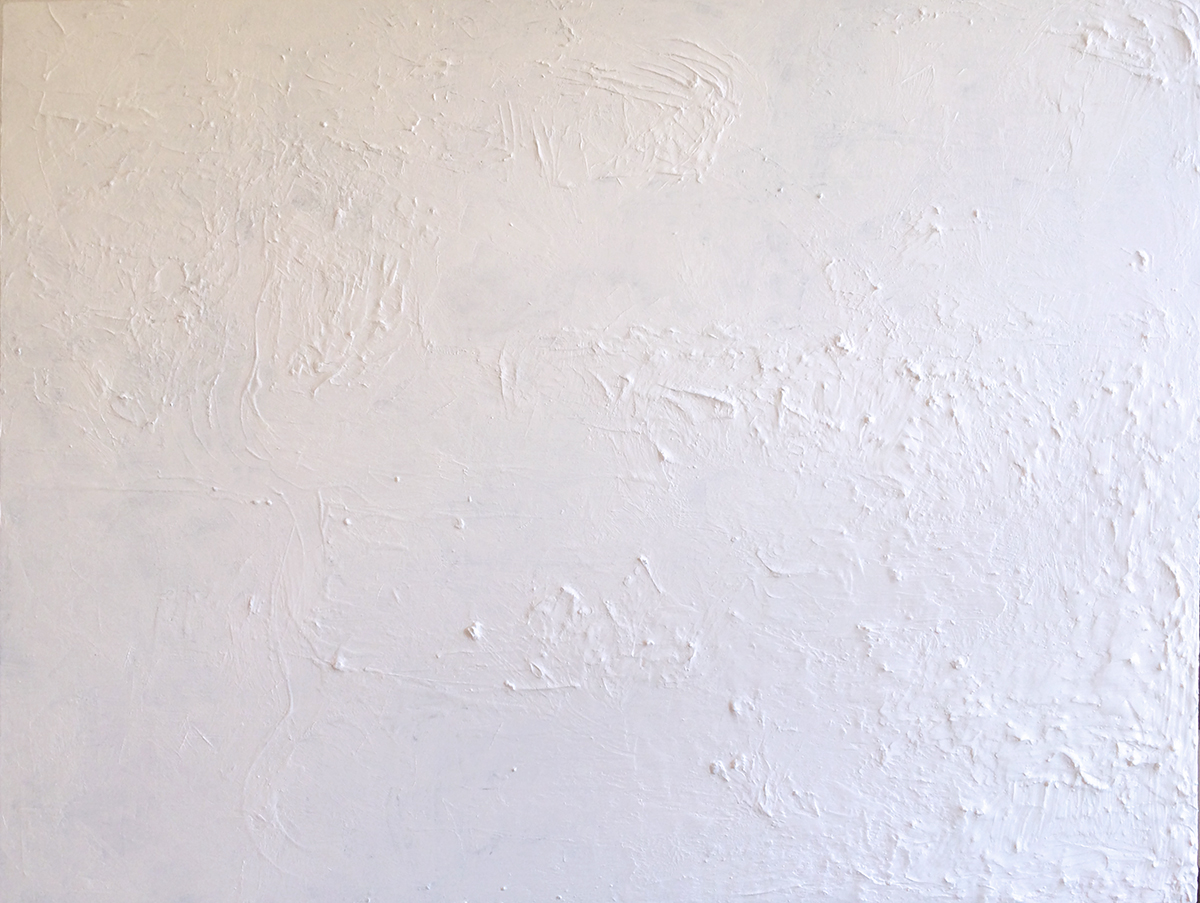

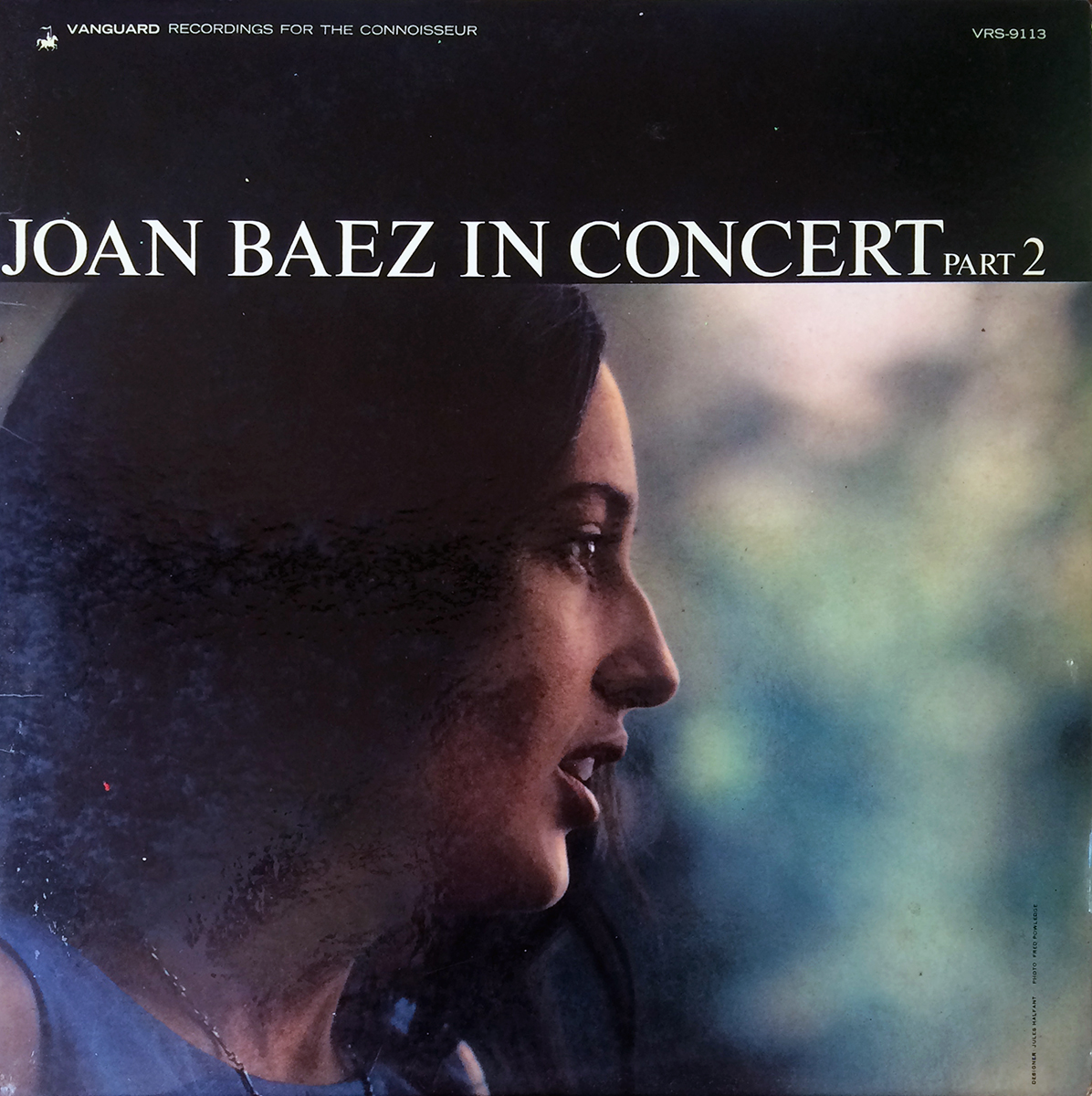
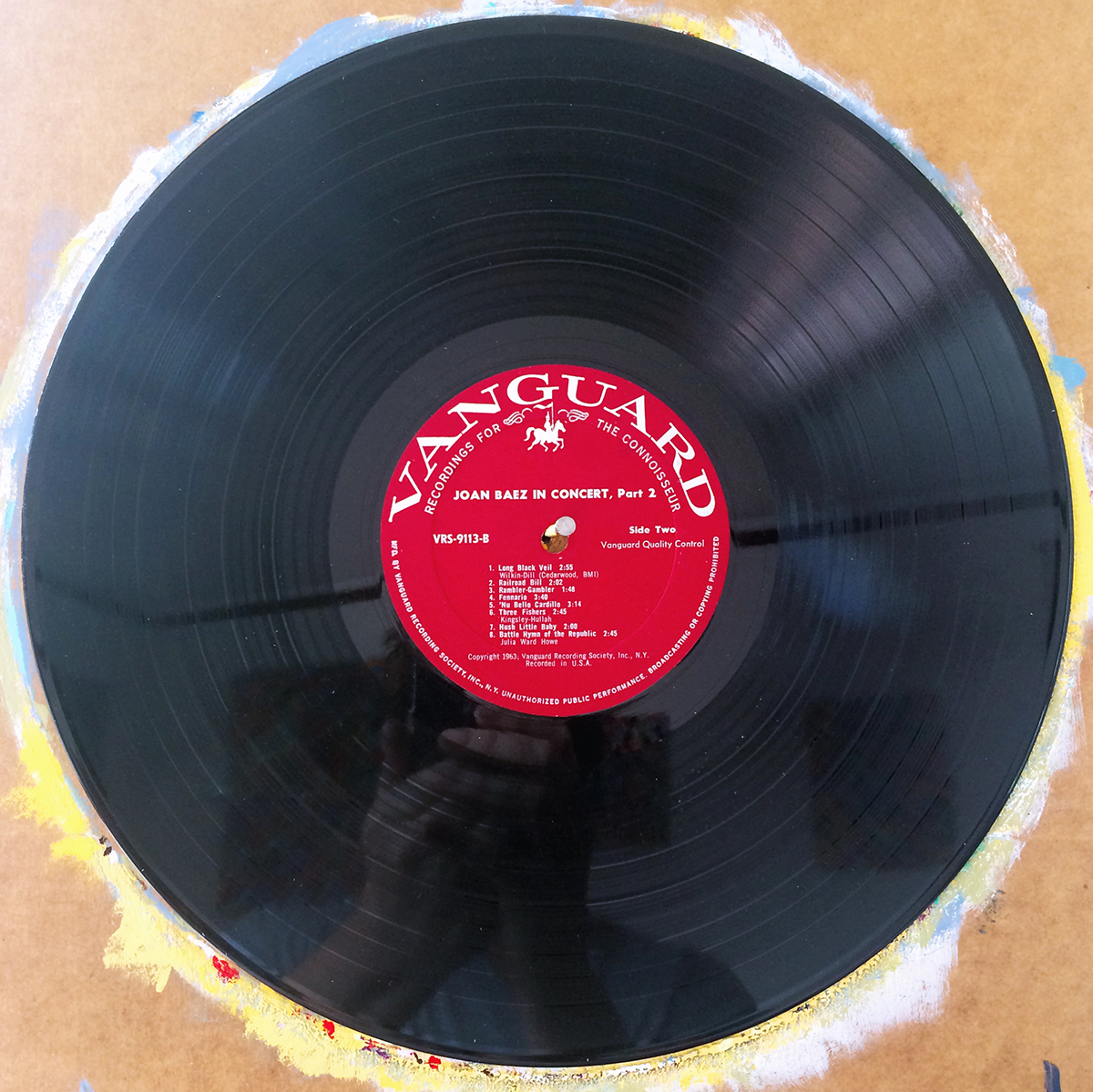
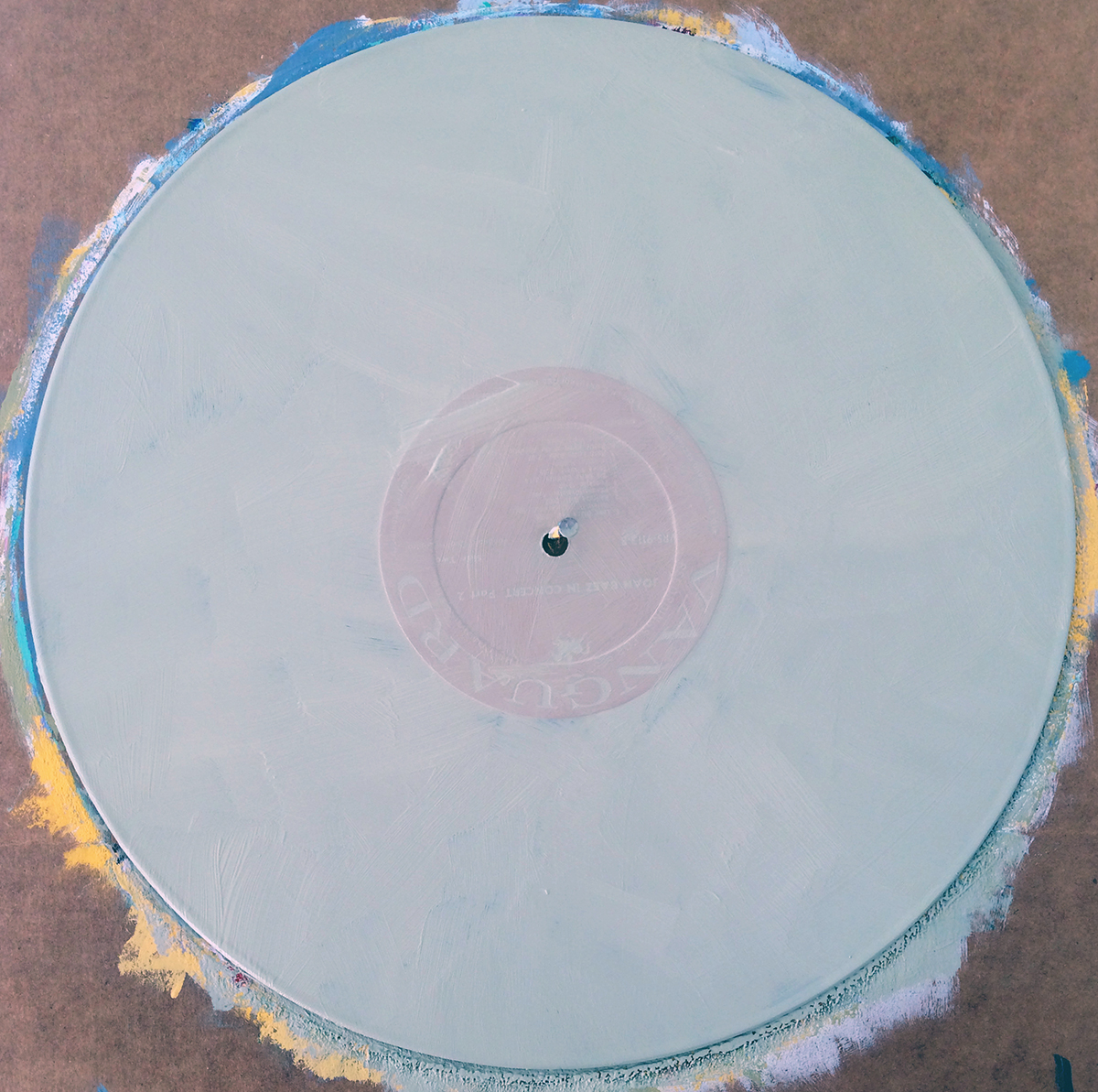

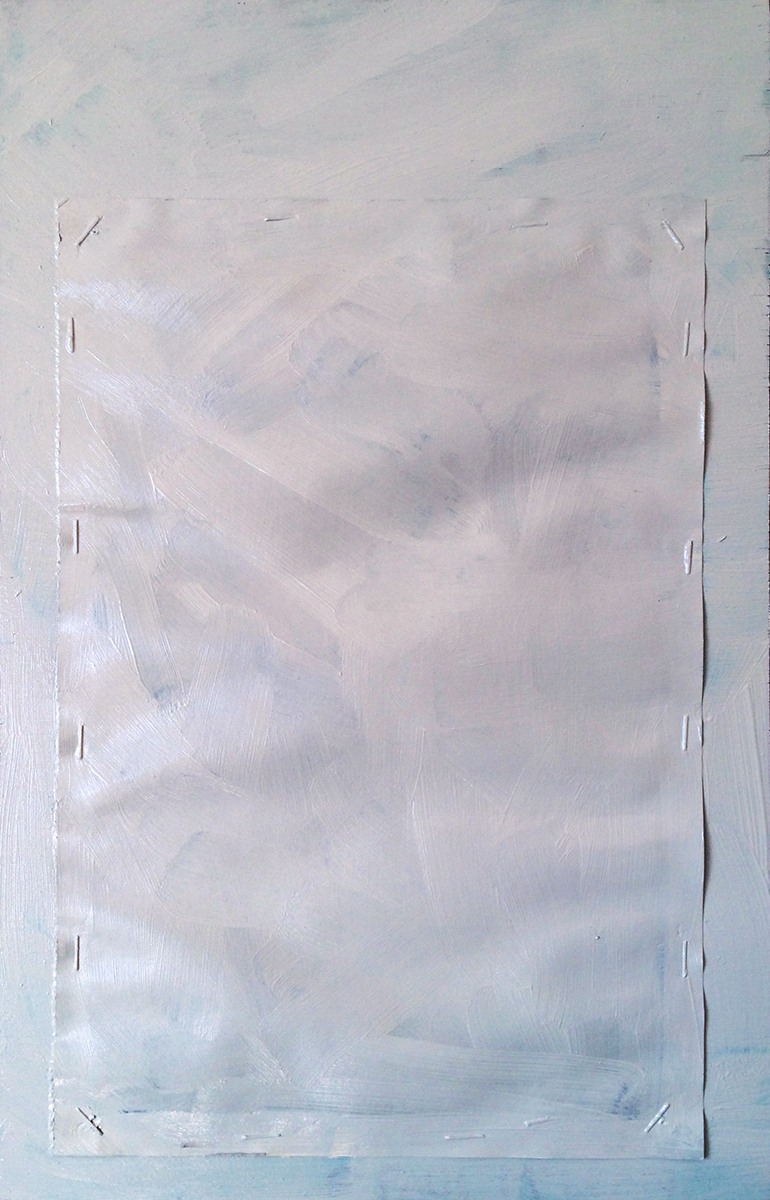
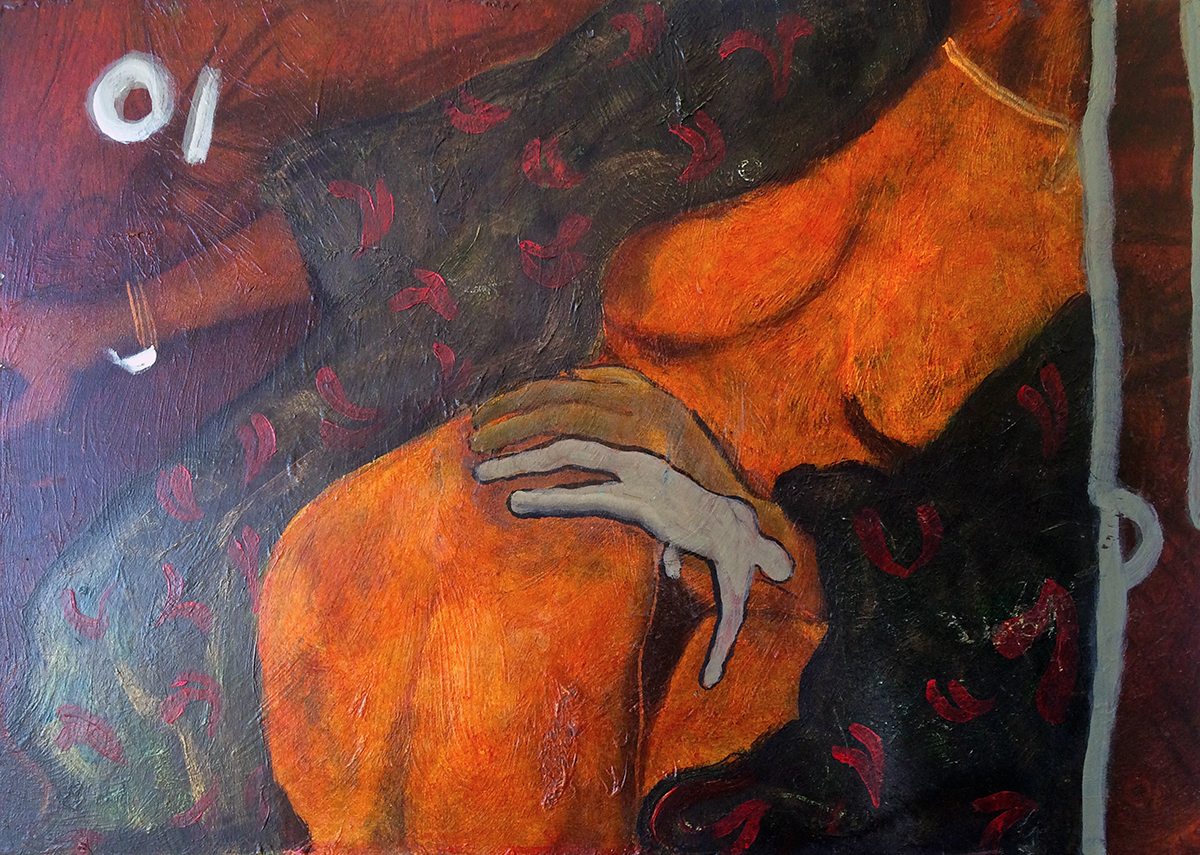
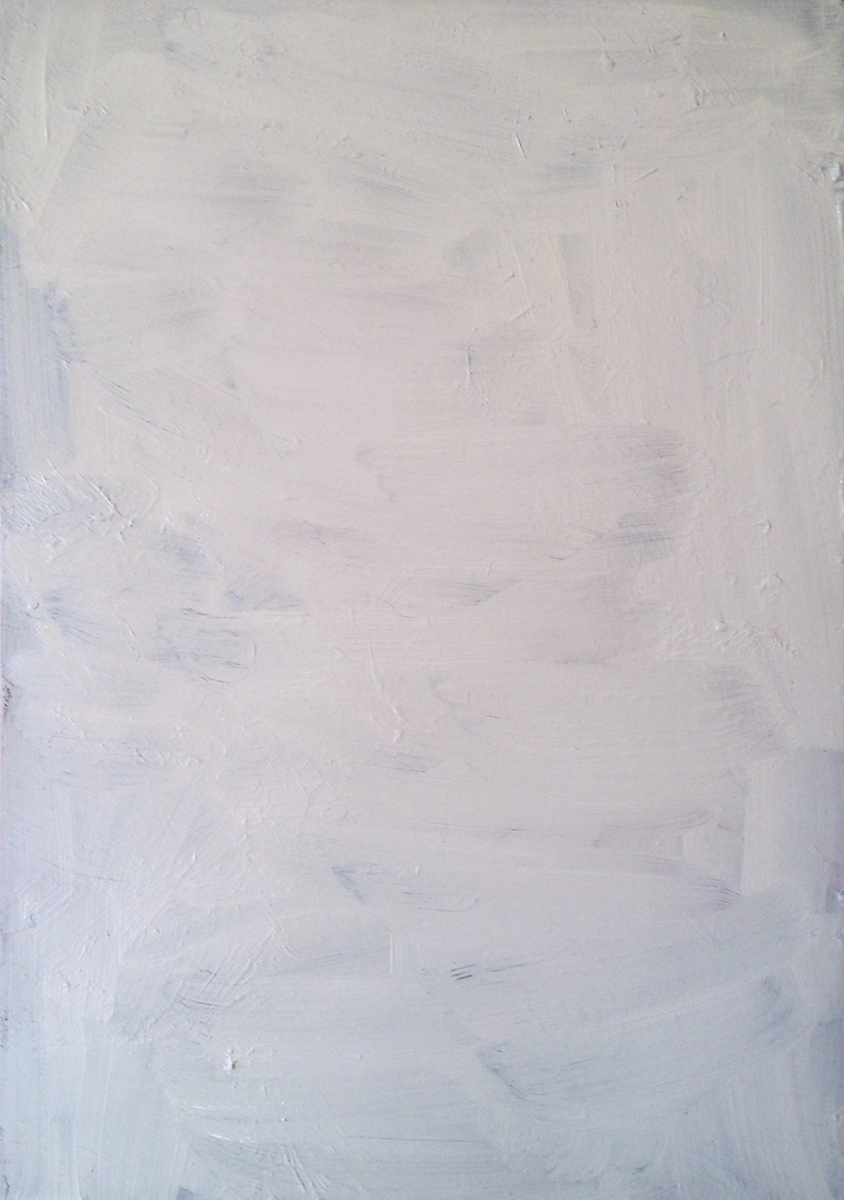
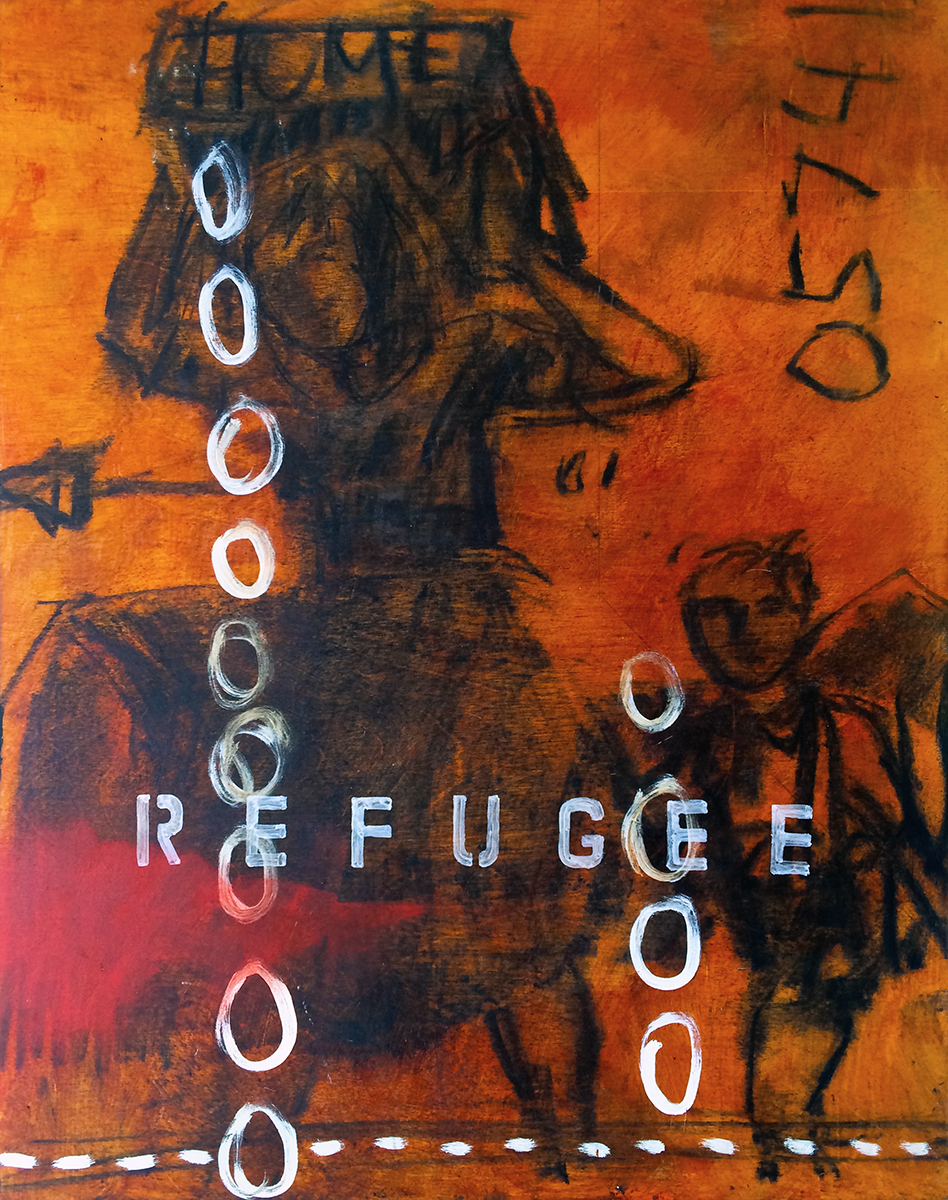
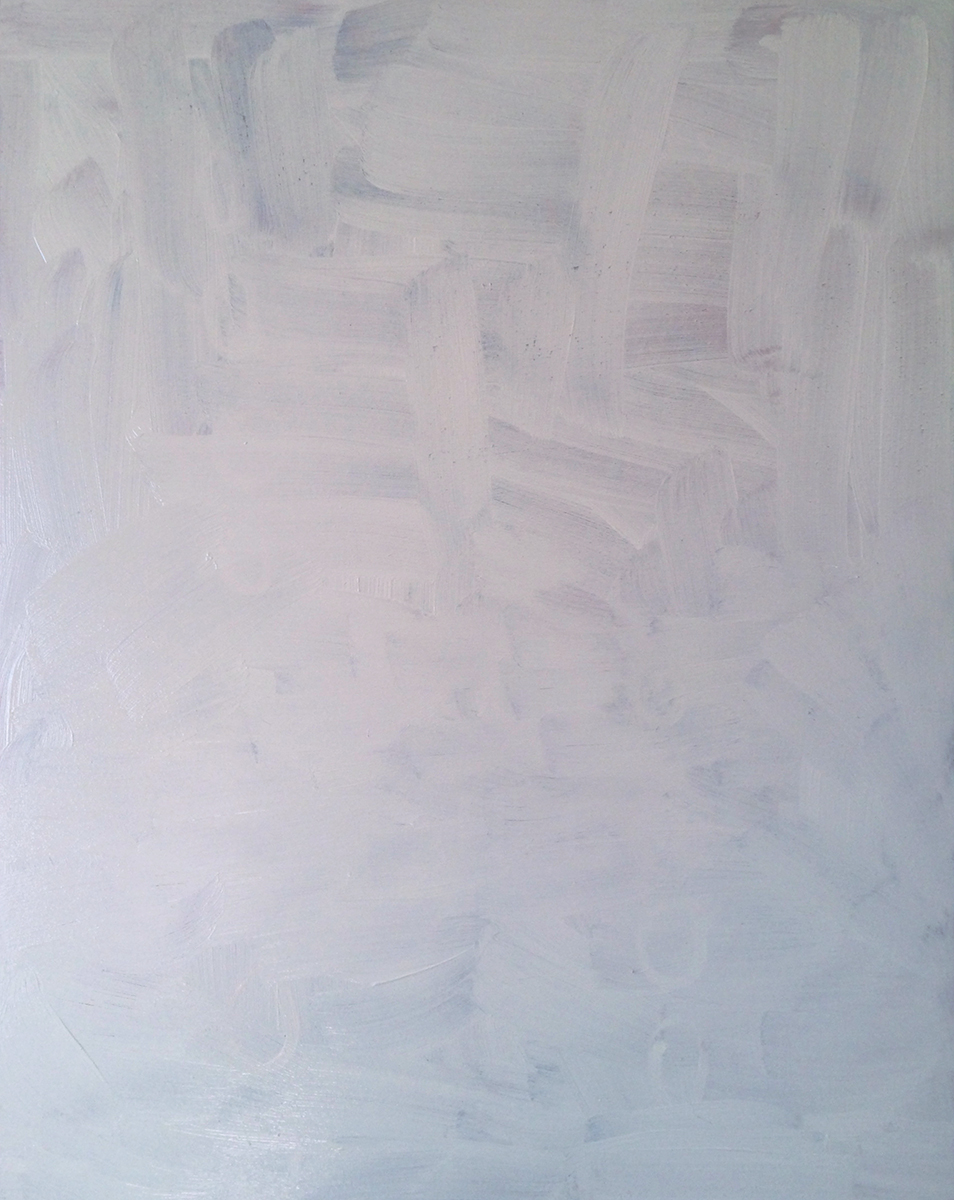
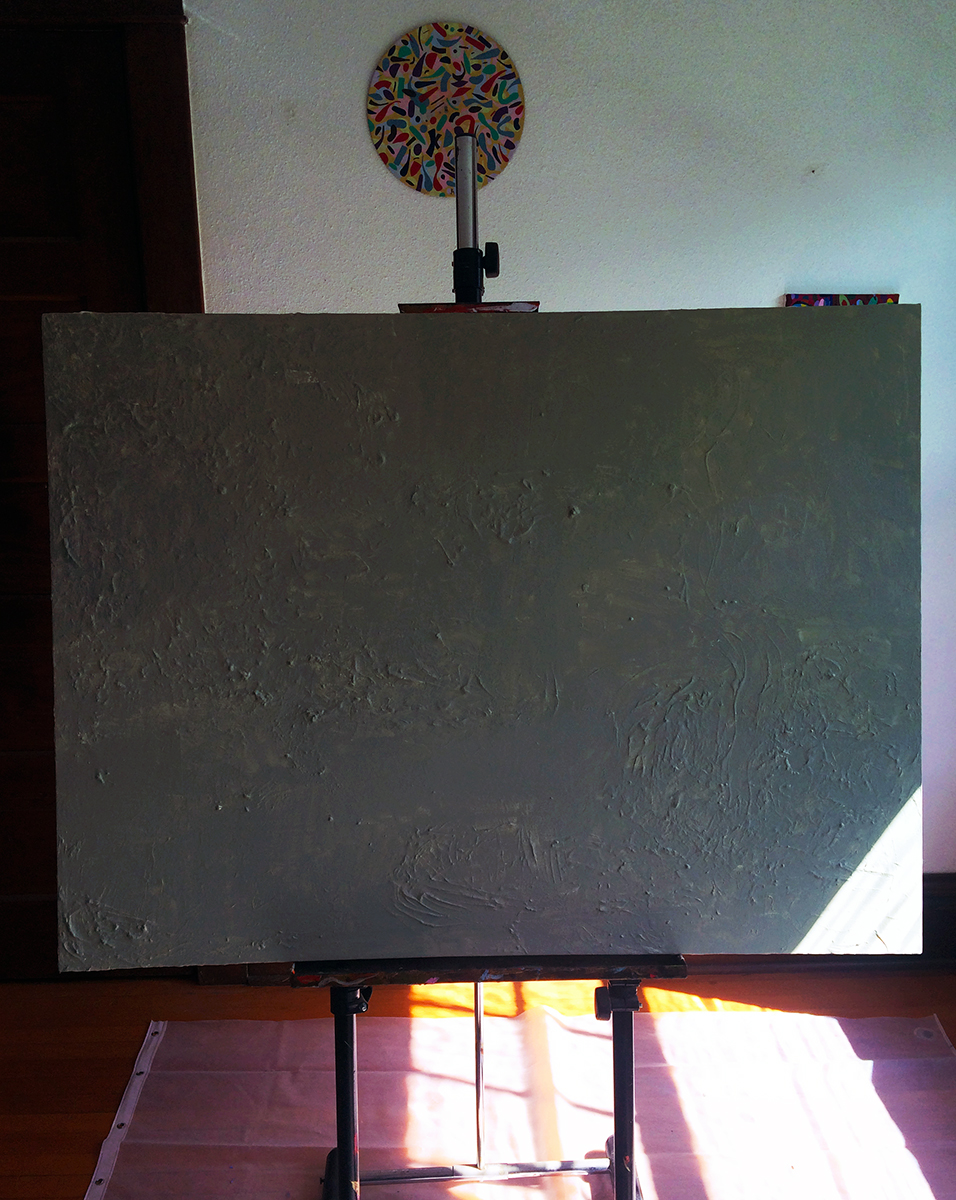

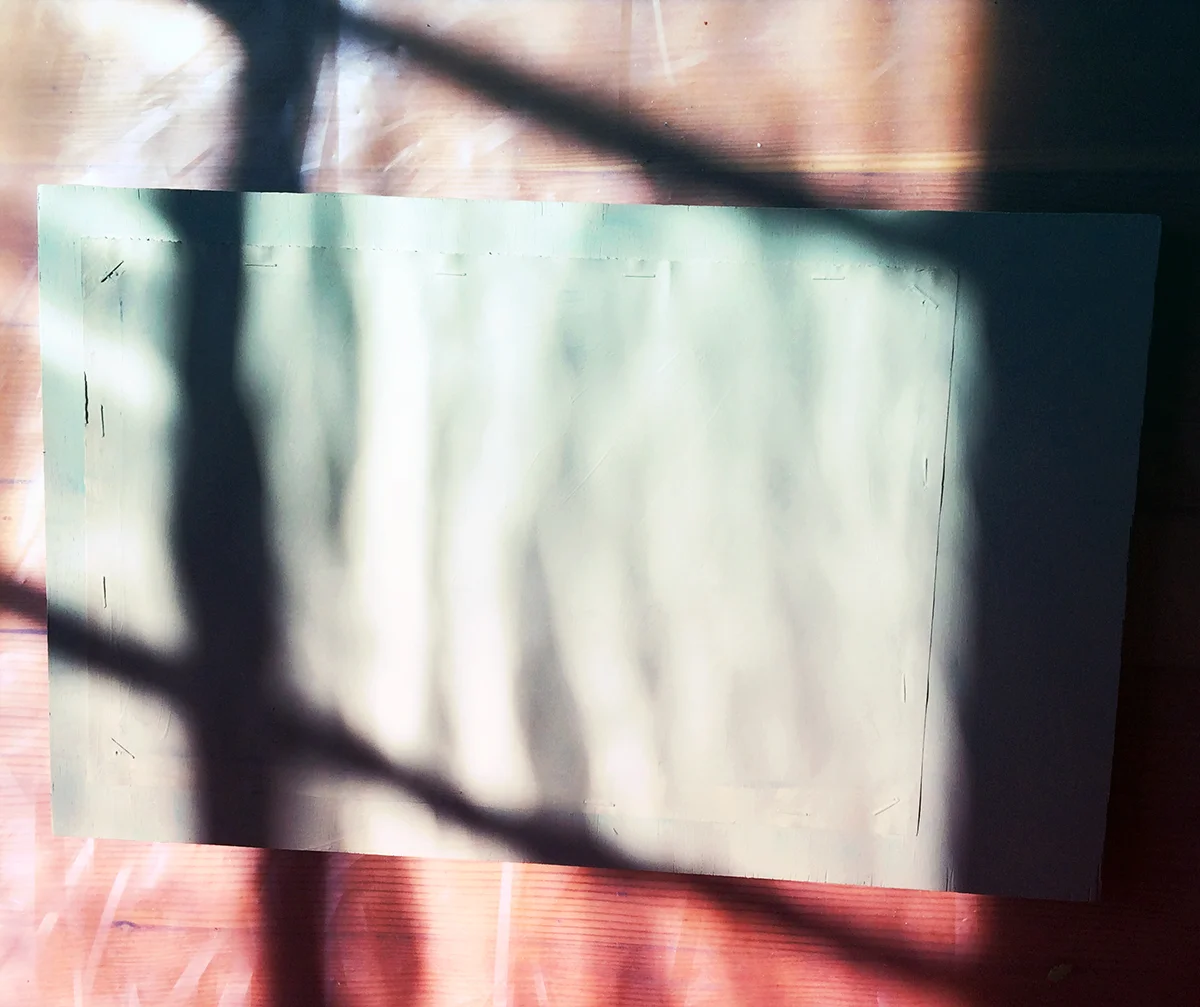
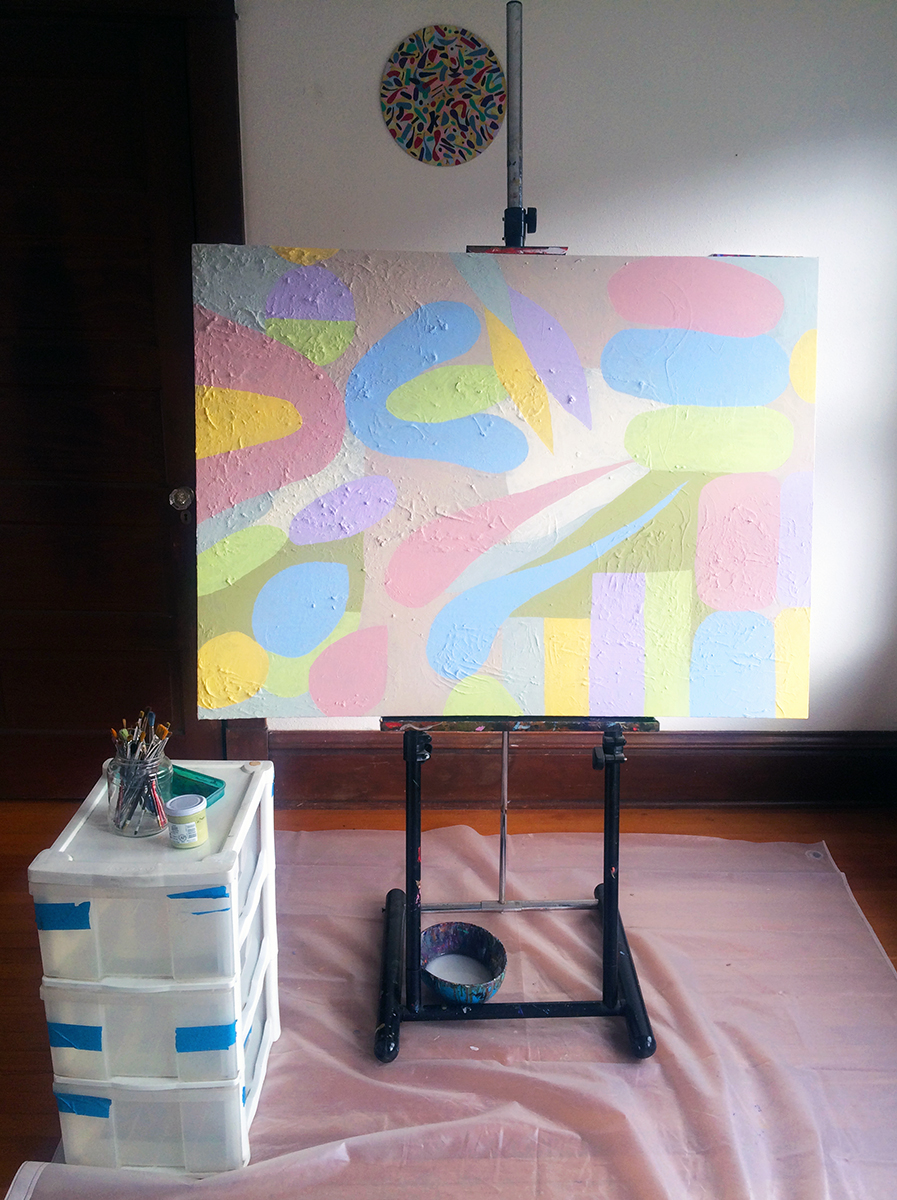
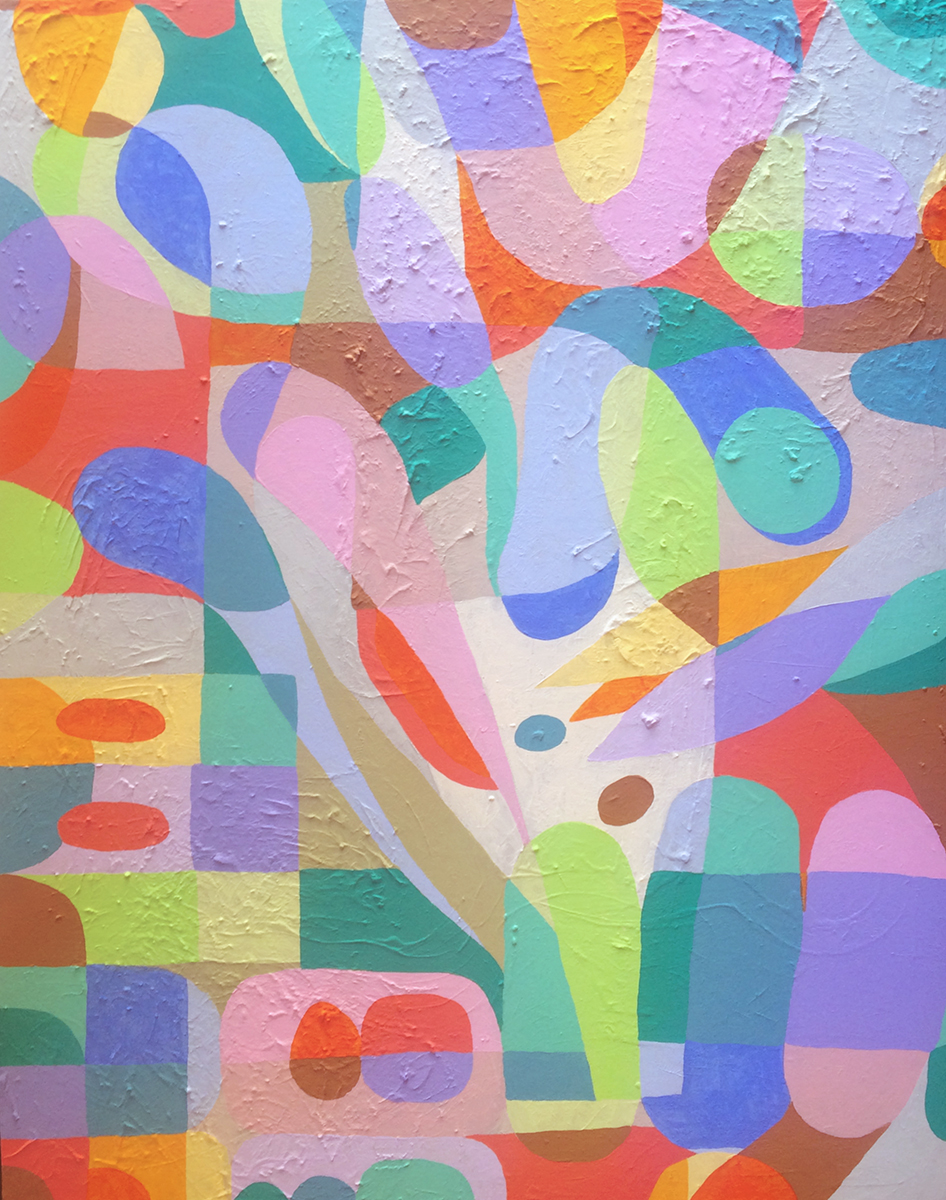
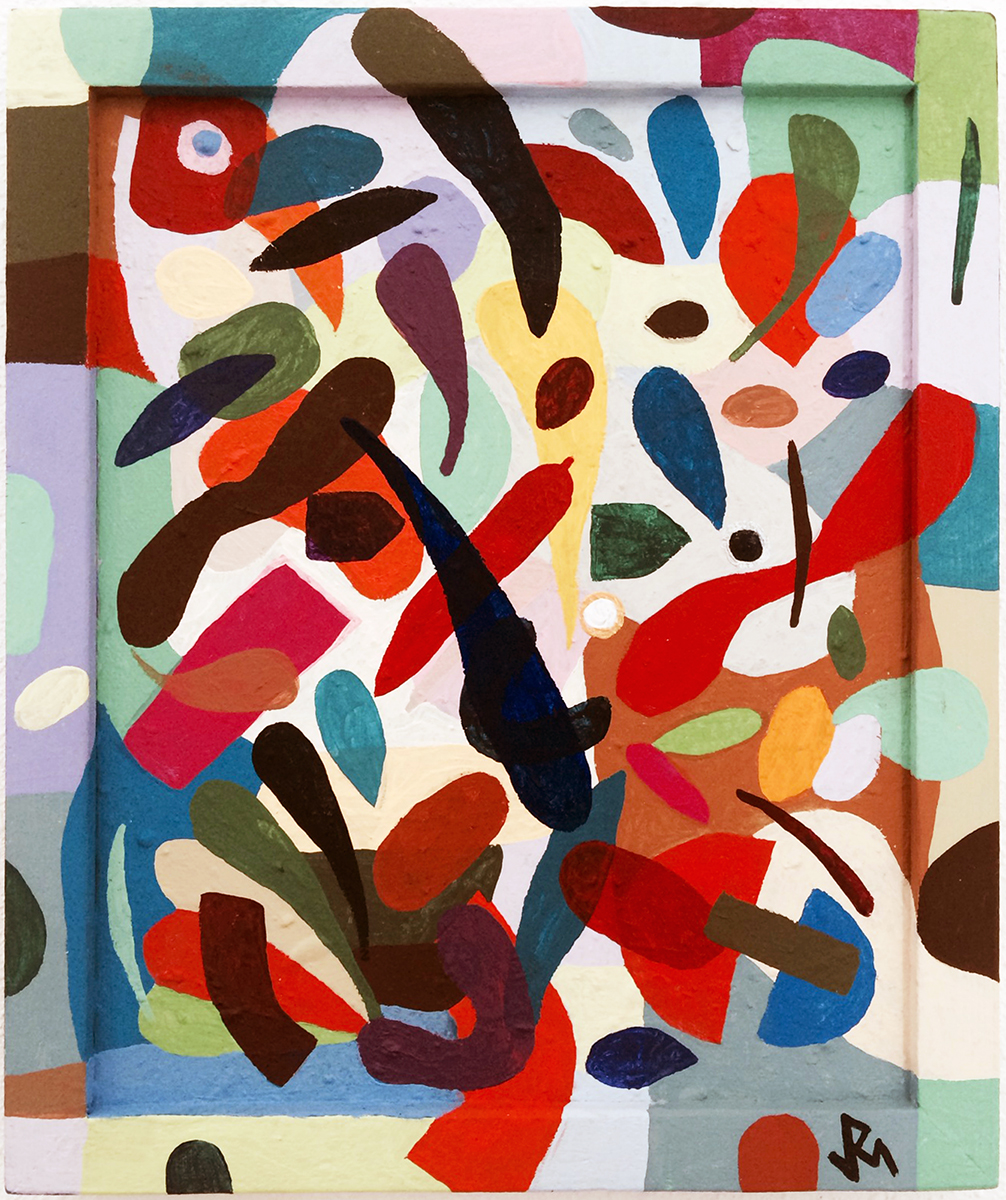
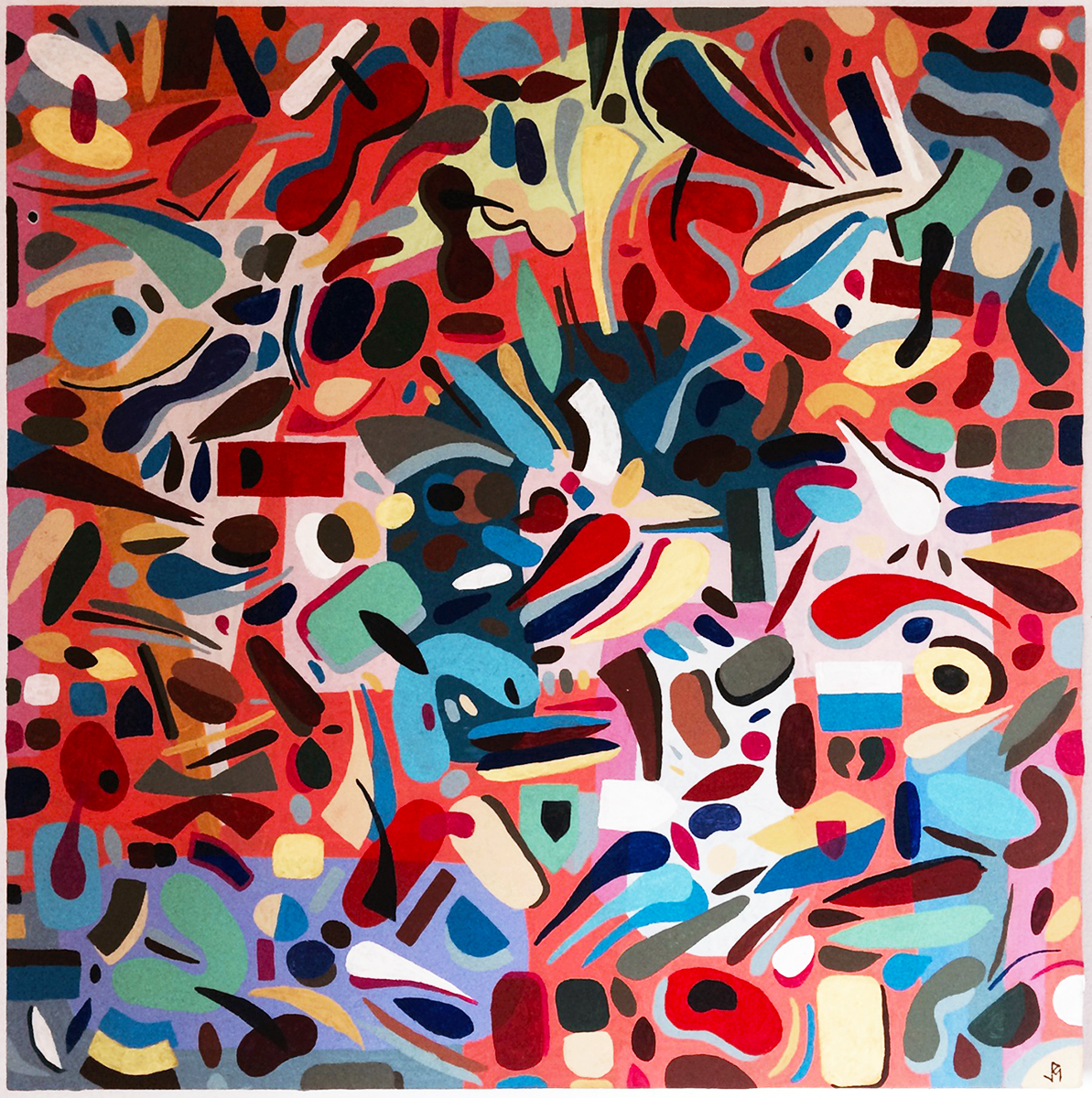
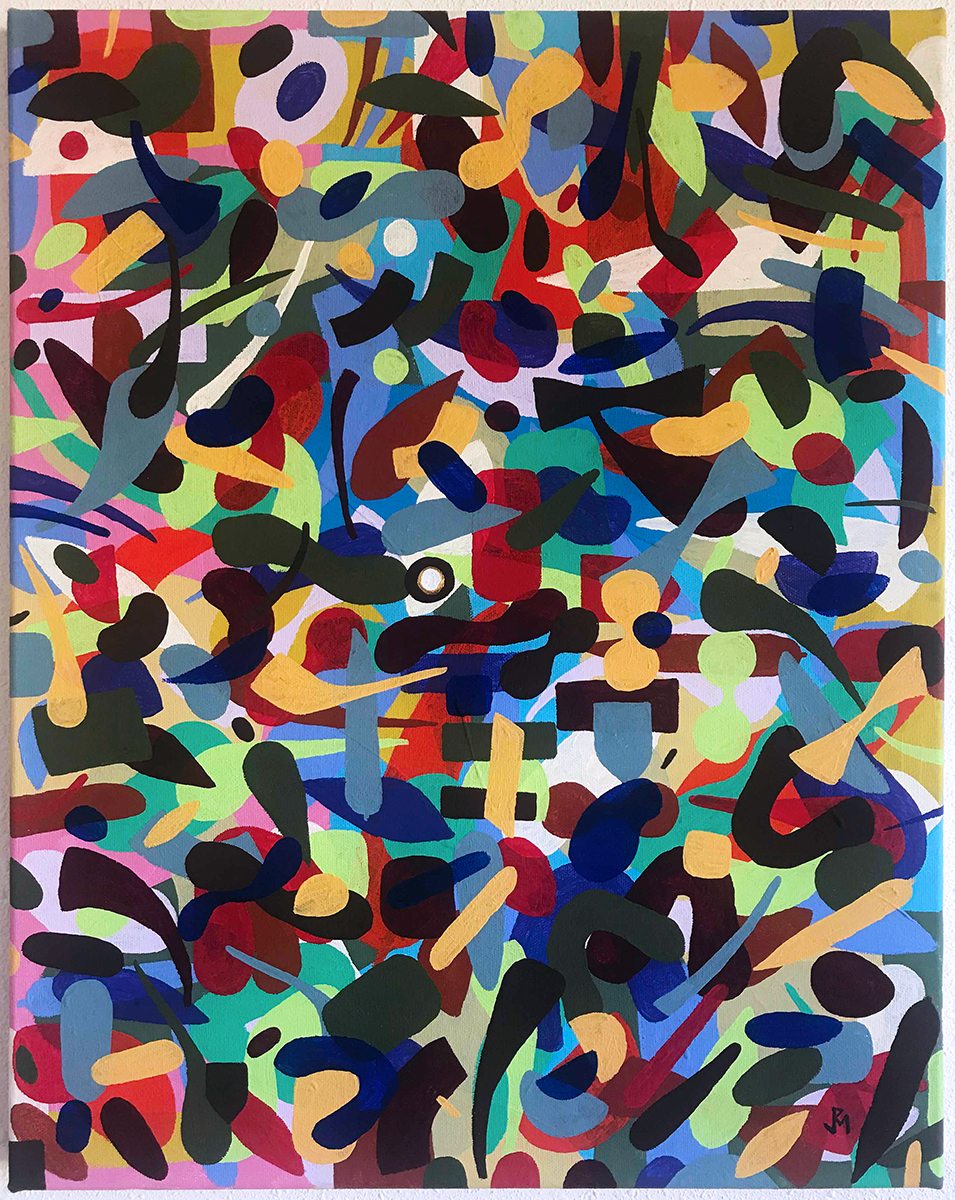
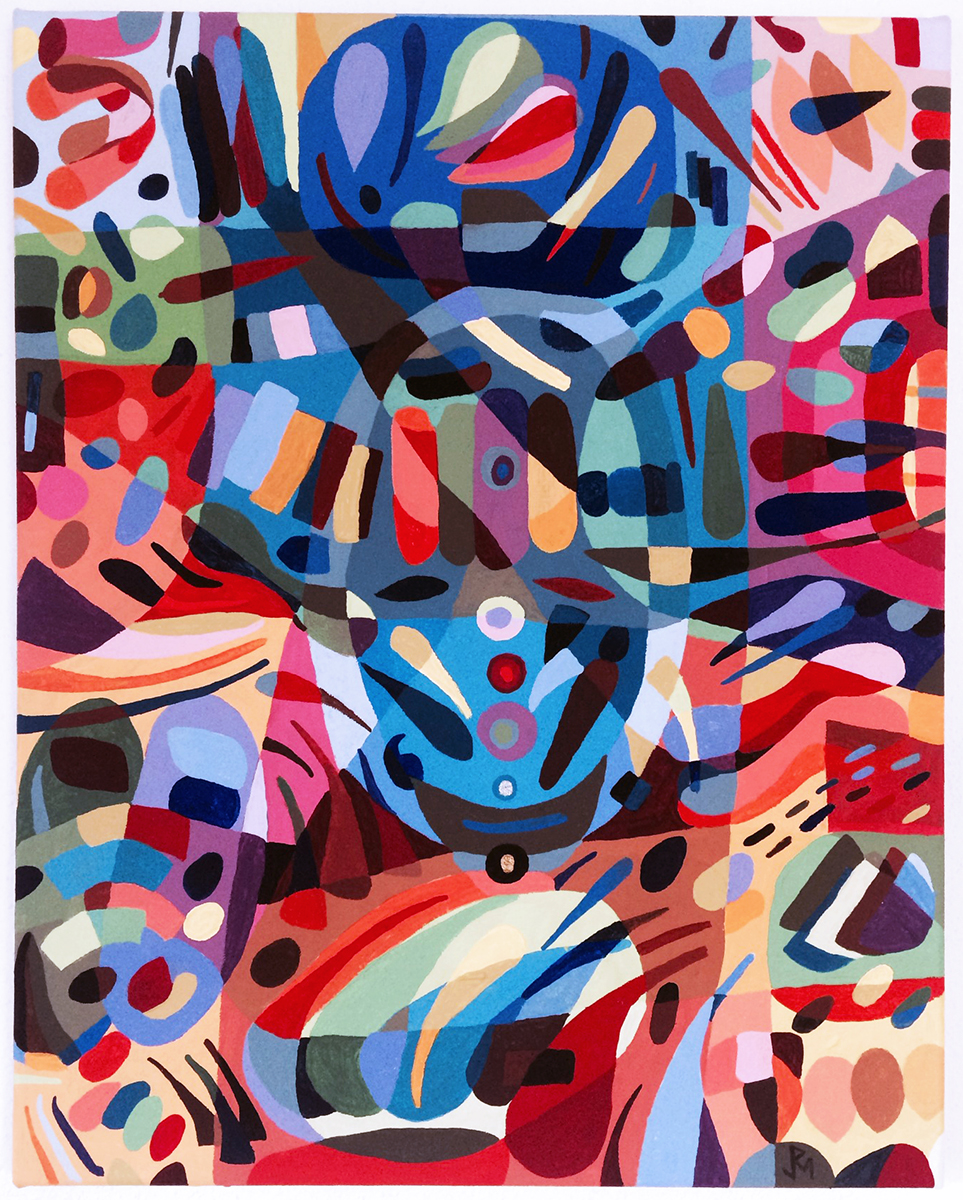
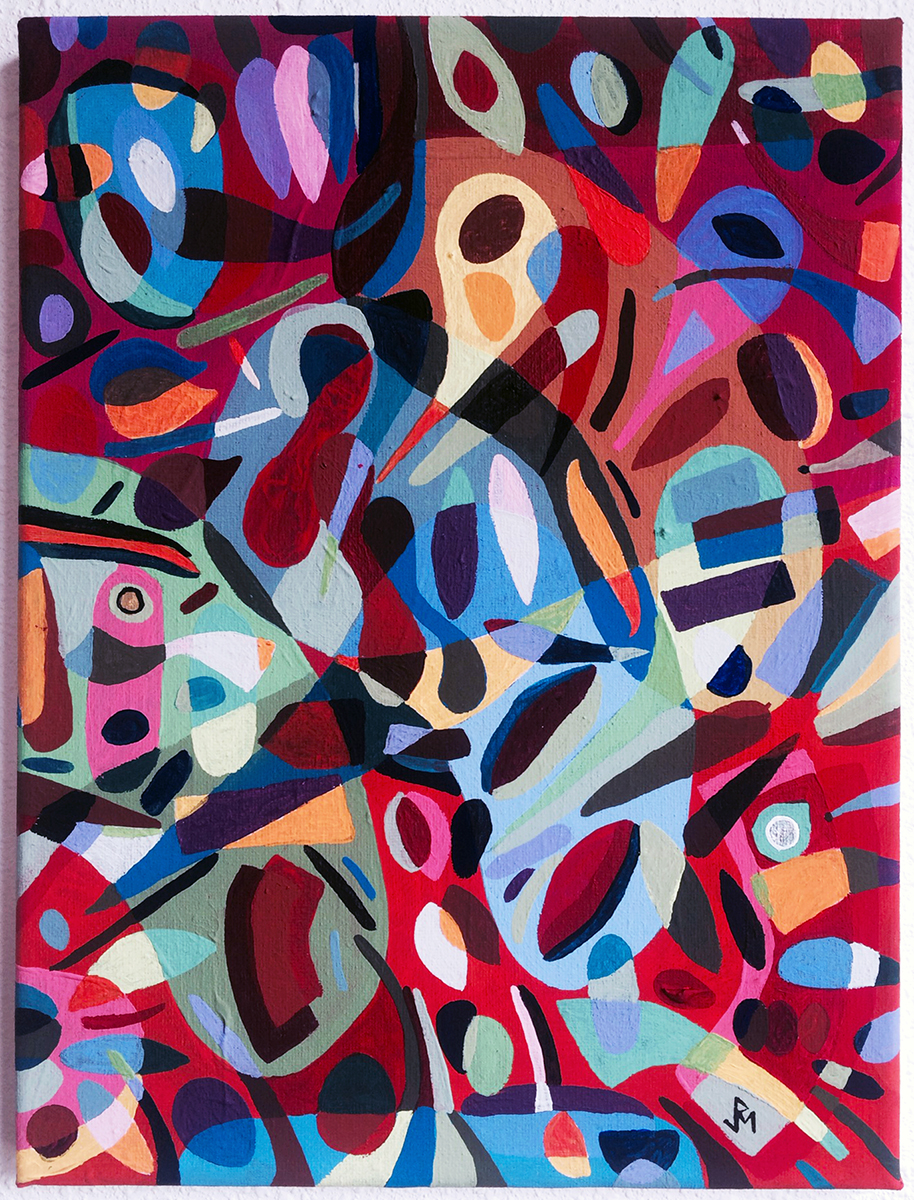
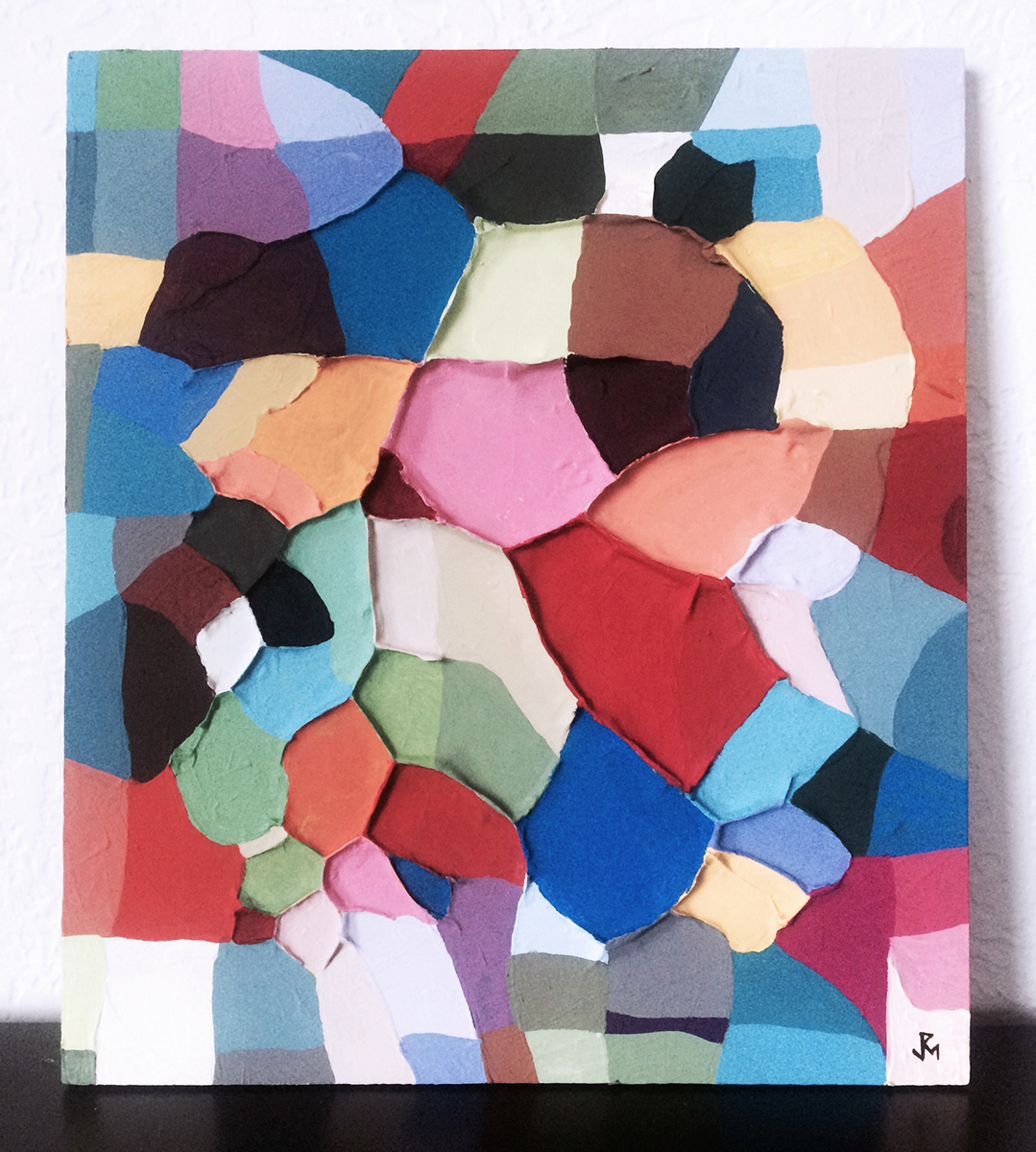
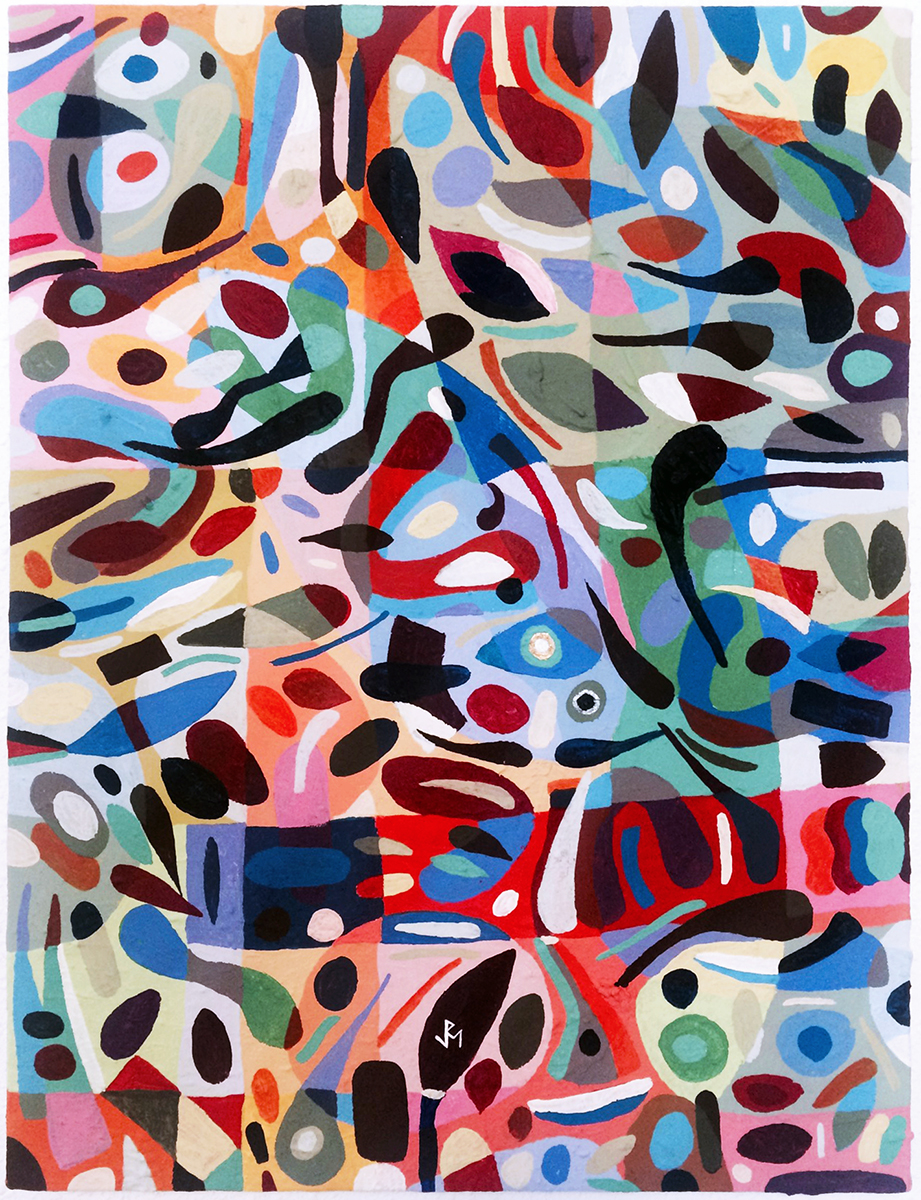

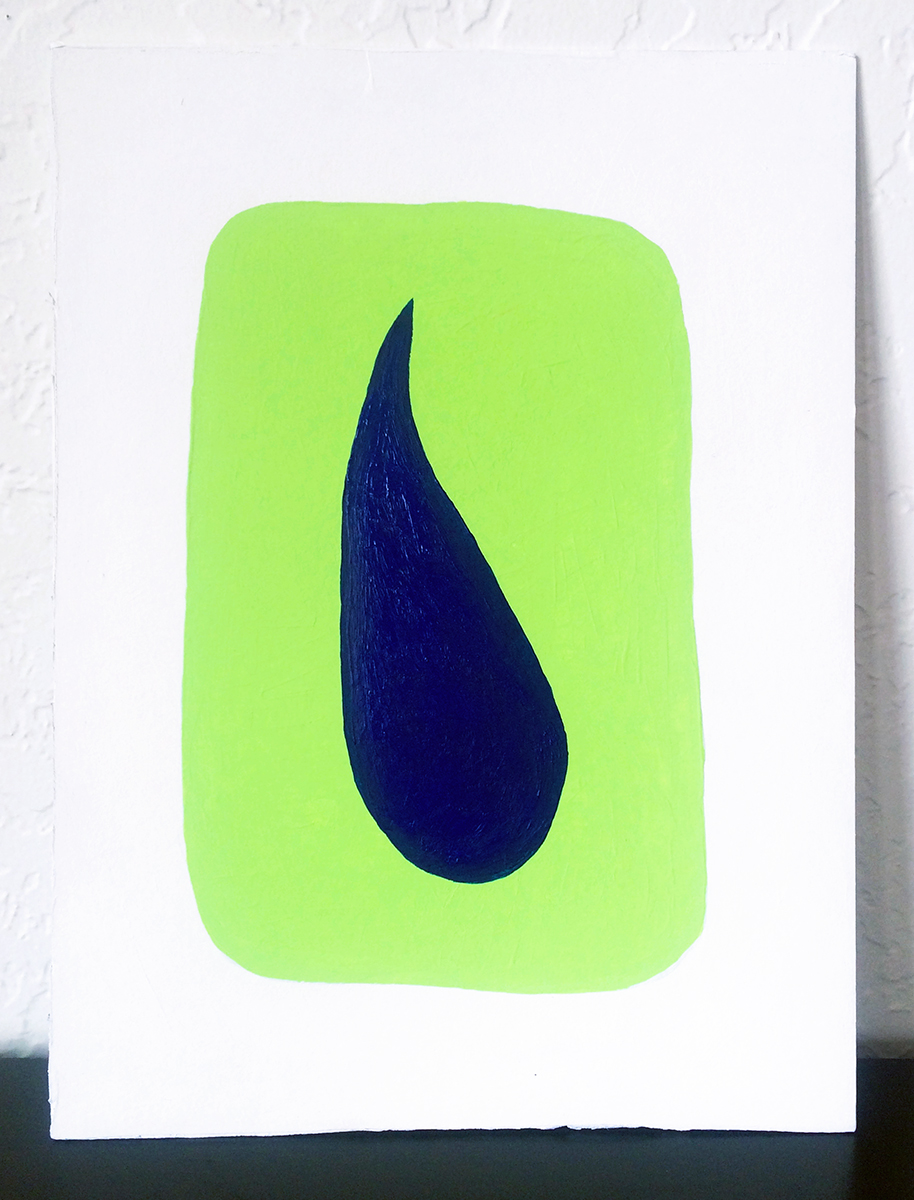
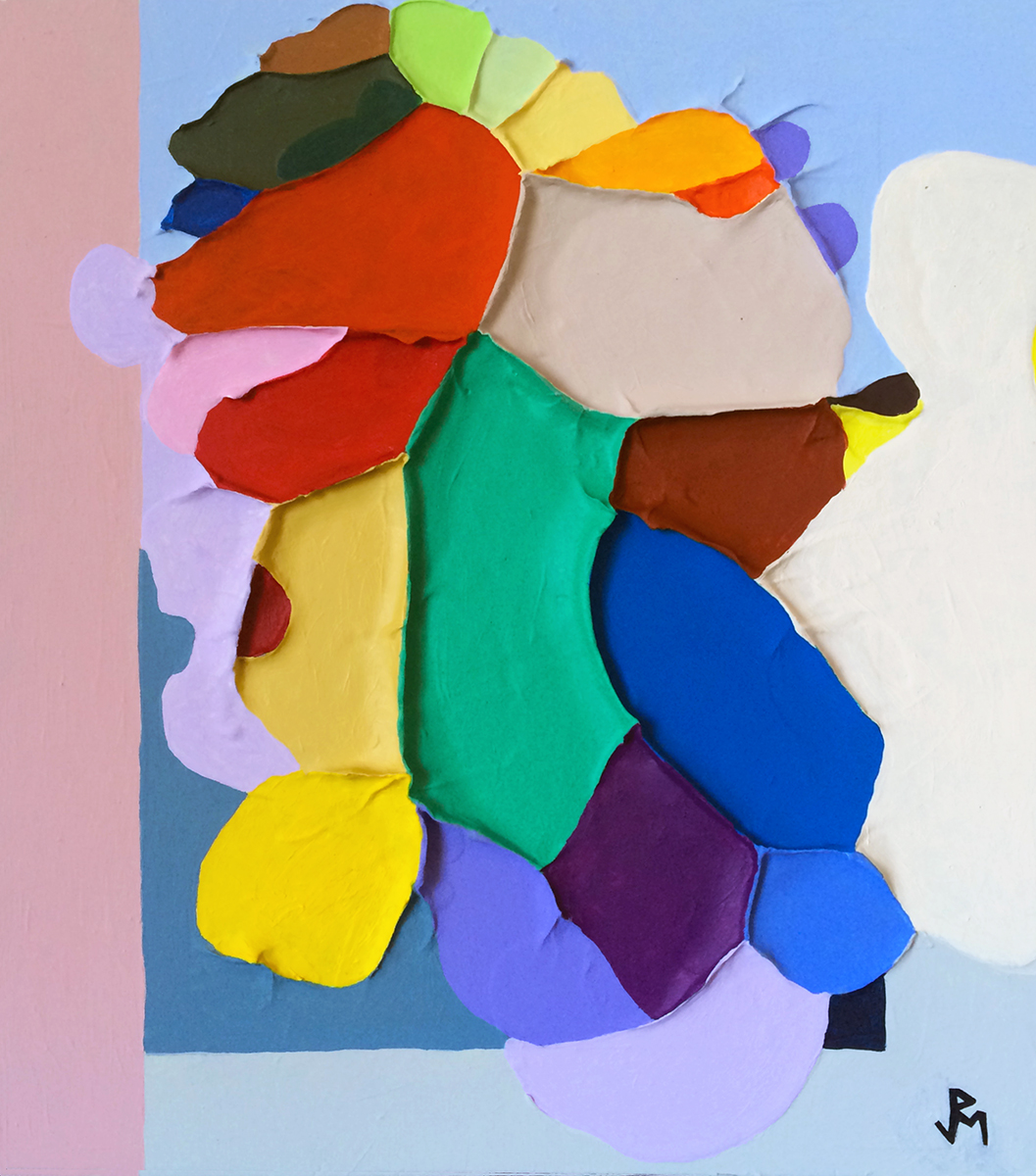
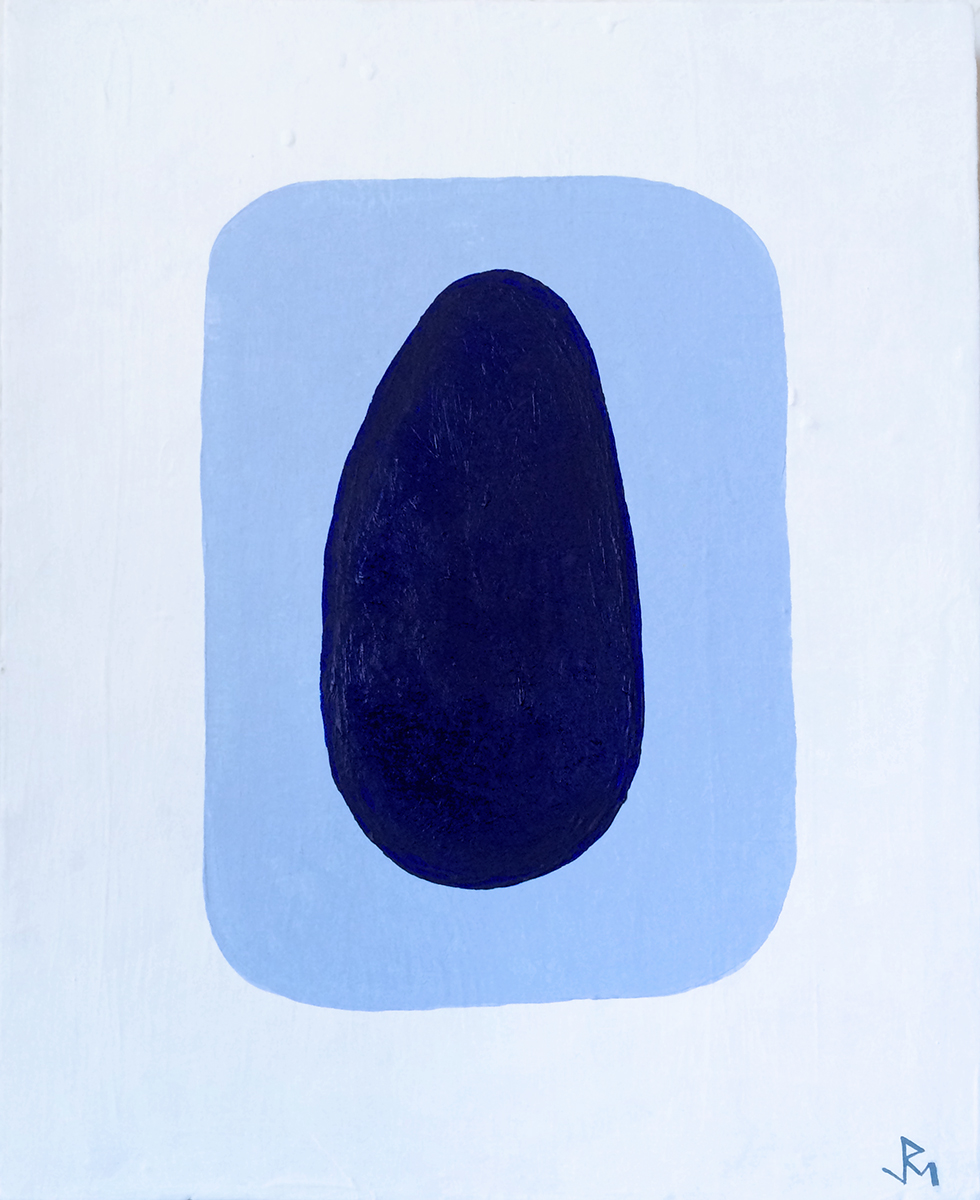

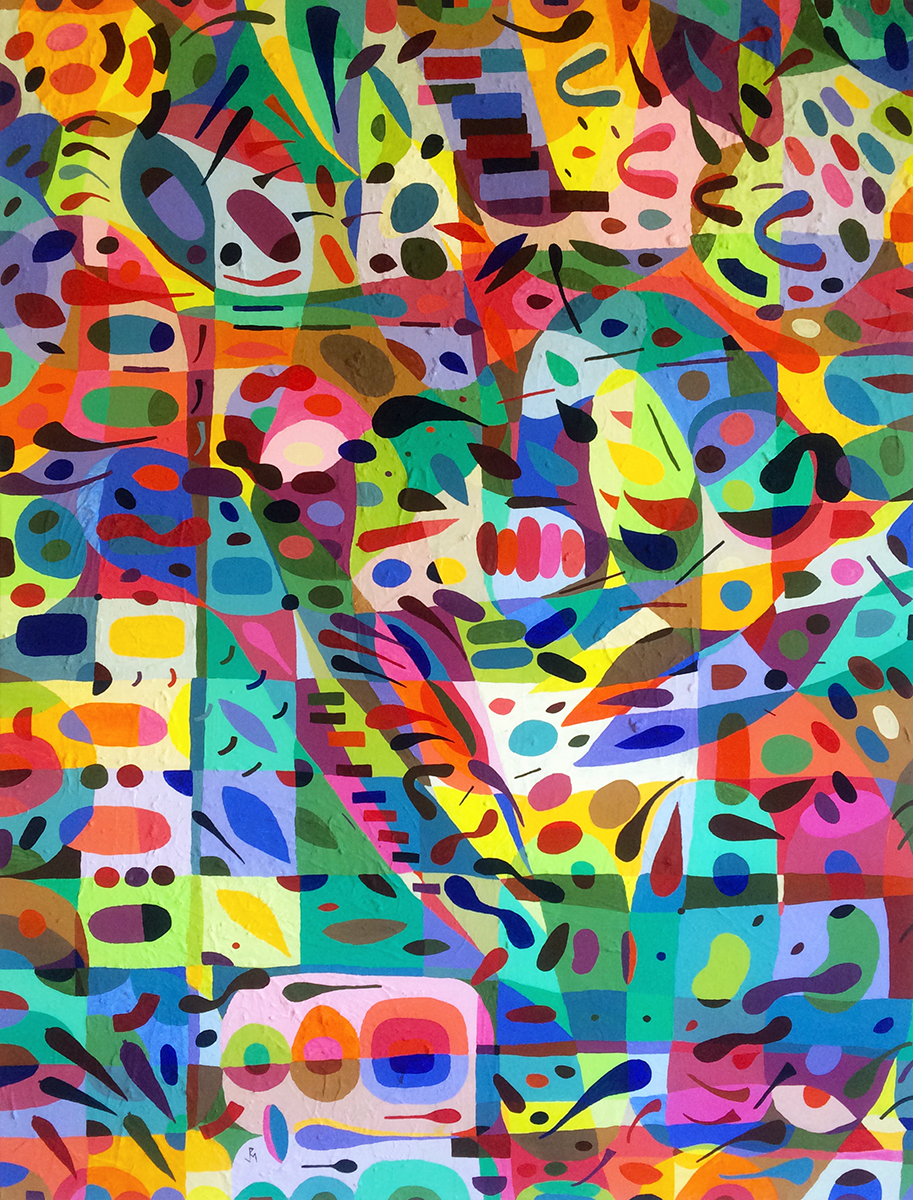







![[PJM 2019]](https://images.squarespace-cdn.com/content/v1/501abbd4c4aaab20160f16af/1562554459273-D5NNATXS587TAPUI8AWH/dday.jpg)

